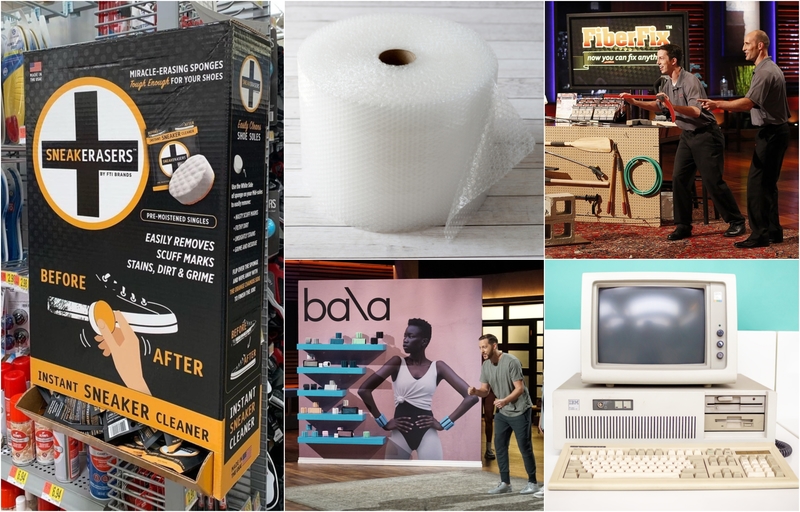
Alongside magnificent inventions of the past centuries we all use (or have used) on a daily basis, these “Shark Tank” unusual pitches have turned out to be surprise hits. Have a look at human imagination and modern technology at its best.
GrooveBook - $14.5 million
What happened to photo albums? These days all of our precious moments are on social media. But GrooveBook is here to shake things up. The company helps its users print pictures from their social media as photo books. The photo subscription service actually made its debut on "Shark Tank."
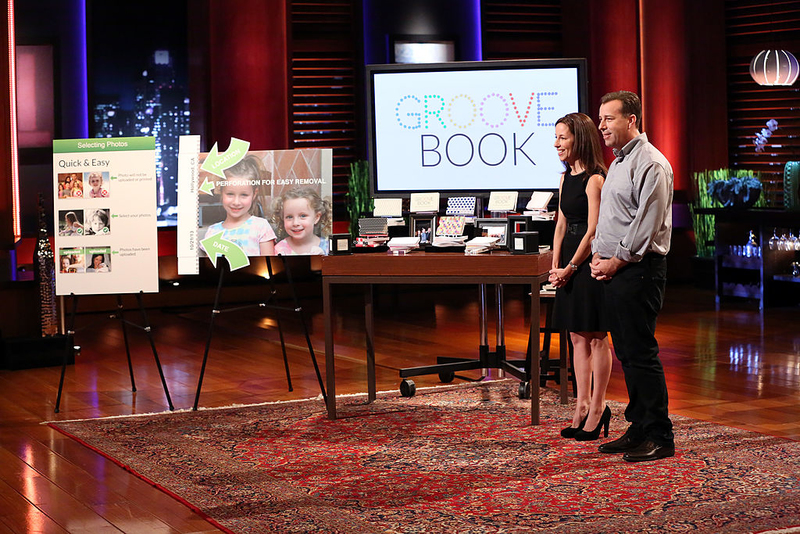
Mark and Kevin helped the husband-and-wife co-founders Julie and Brian Whiteman to turn their product into a multi-million dollar company. They received mentorship and funding from the hosts. The business ended up inspiring many customers to celebrate their memories in a new, innovative way. It was so successful that Shutterfly ended up buying them for $14.5 million.
Drop Stop - $24 million
Creators Marc Newburger and Jeffery Simon had a bright idea called the Drop Stop. Essentially just a foam tube, this thing fits right in between those little cracks between your car seat and keeps items from getting lost in the abyss.
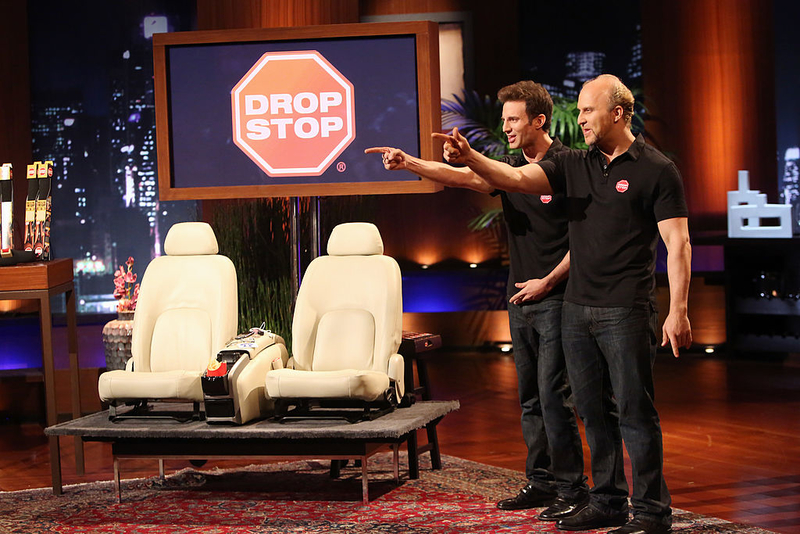
The way it works is actually pretty simple: a neoprene-filled sleeve blocks the gap between the seat and the car door and prevents items from falling down. This simple yet genius little invention caught the attention of the "Shark Tark" investors in a 2012 episode. Sales skyrocketed and the duo ended up earning 24 big ones after the show aired.
Cousins Maine Lobster - $20 million
Cousins Sabin Lomac and Jim Tselikis had a successful run with their lobster roll food truck but decided to take it to a new level and face the sharks. The company, aptly named Cousins Maine Lobster makes delicious shrimp sandwiches. Barbara Corcoran simply fell in love after hearing the heartwarming backstory and the well-thought-out pitch.

Though the others were a little less impressed, her investment helped owners, cousins Sabin Lomac and Jim Tselikis make $20 million since the year 2012. They went on to open multiple restaurants and food trucks across the country. Sure enough, people who love seafood should definitely check out Cousins Maine Lobster when they have the chance.
Bubba Q's Boneless Ribs - $16 million
The former NFL defensive lineman Al "Bubba" Baker successfully transitioned from football into the food industry. That was evidenced by Daymond famously falling in love with his scrumptious ribs and sauce, prompting him to immediately place them in Costco and on QVC. Needless to say, the Sharks found Bubba's Boneless Ribs to be a mouthwatering dish and pitch.
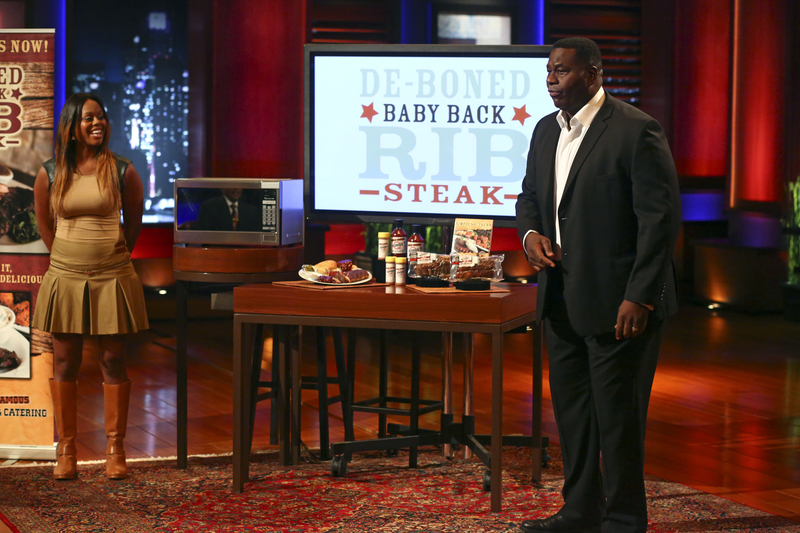
But it was Daymond John who really saw the potential. The ribs "racked" up around $16 million in the year 2017 alone. Its appearance on the shopping network as well as its availability in Costco make it only continue to grow in popularity.
Bottle Breacher - $15 million
Reappropriating goods is always a great foundation for a business. When former Navy SEAL Eli Crane figured out that he could use discarded .50 caliber bullets and make bottle openers out of them, the Sharks were needless to say rather enthusiastic to get in on the money.
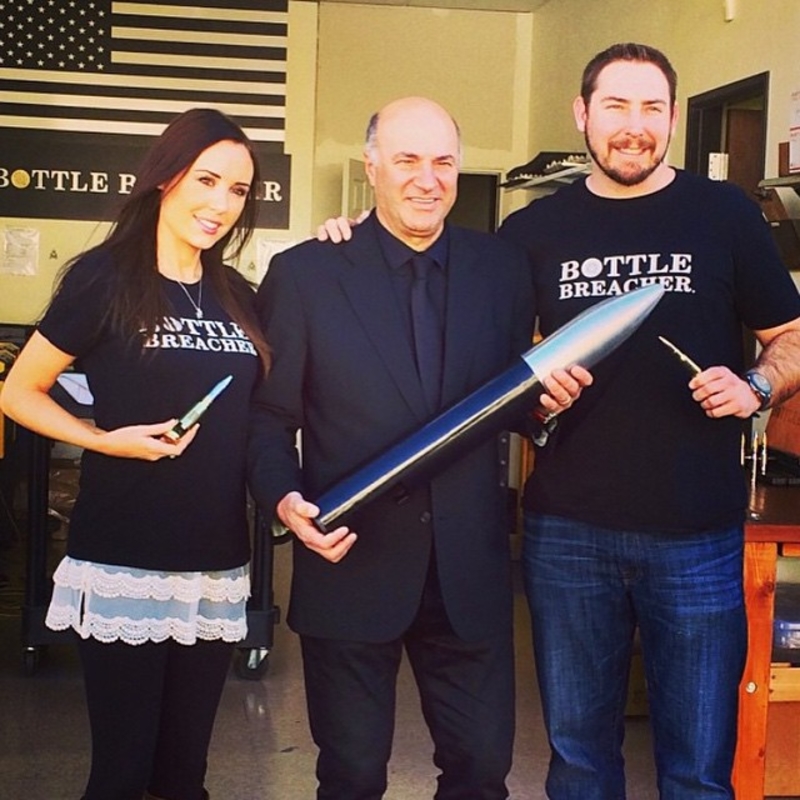
The couple did need to do some convincing, however. In the end, Mark and Kevin decided to invest in 2014. They were impressed by the product's unique and patriotic angle. Since then, the project lead to a huge rise in sales and some seriously partnerships with some of the biggest retailers. They've netted more than $15 million.
Kodiak Cakes - $54 million
These Kodiak Cakes are in just about every major store. Just pop down to your local Target or Walmart and you'll find them there. The original product, as pitched by Joel Clark on Shark Tank in 2013 started out as just a simple flour-based pancake mix. Truth be told though, the Sharks weren't impressed, to begin with.
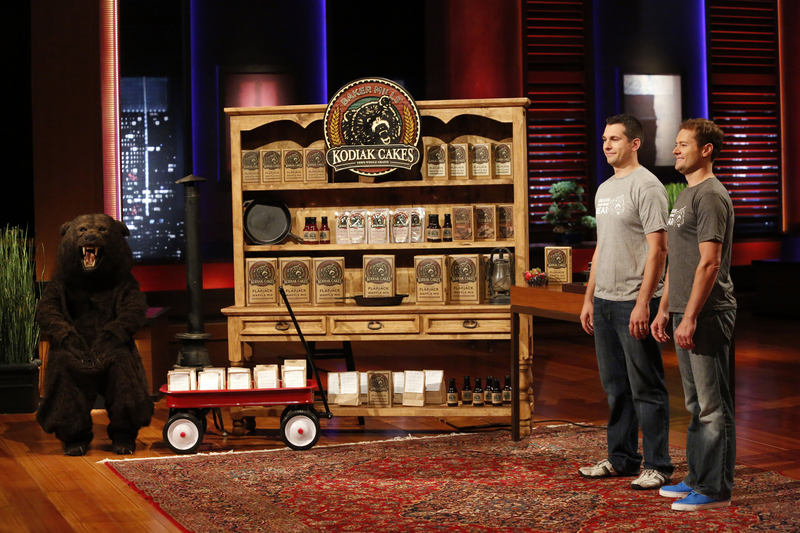
The pitch flopped, but luckily Joel received enough exposure from the show to turn his simple product into a multi-million dollar business, as well as expand his range to include various other breakfast and cake products. They ended up making a whopping $54 million in 2017 alone.
NeatCheeks - $500,000
This sounds a little gross at first, but these flavored baby wipes actually got the attention of the "Shark Tank" investors. Heck, why do they even need to have a flavor? Created by these two power moms Danielle Stangler and Julia Rossi, the idea is currently worth $150k for a 25-percent stake.
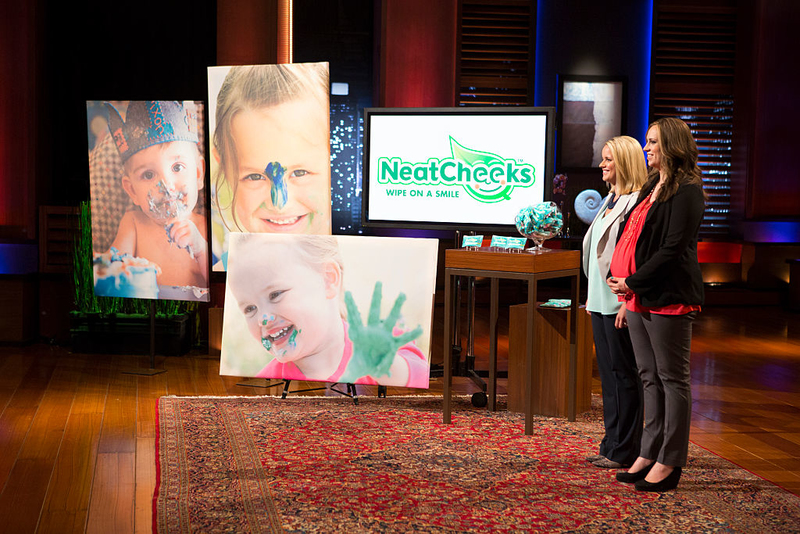
According to the creators, the idea came to Danielle after she wiped her 2-year-old daughter's face with a napkin that had been dipped in lemonade. The result: a toddler that was happy to get her face cleaned! That's when Danielle knew she had a worthwhile idea. And the rest, as they say, was history.
Chef Big Shake - $5 million
Shawn Davis AKA Chef Big Shake made his appearance in a 2012 episode of "Shark Tank" to pitch his homemade shrimp burgers. They didn't look terribly appetizing, but the sharks were intrigued nonetheless. And when Daymond John tasted the burger, he was absolutely taken aback by the rich flavor.
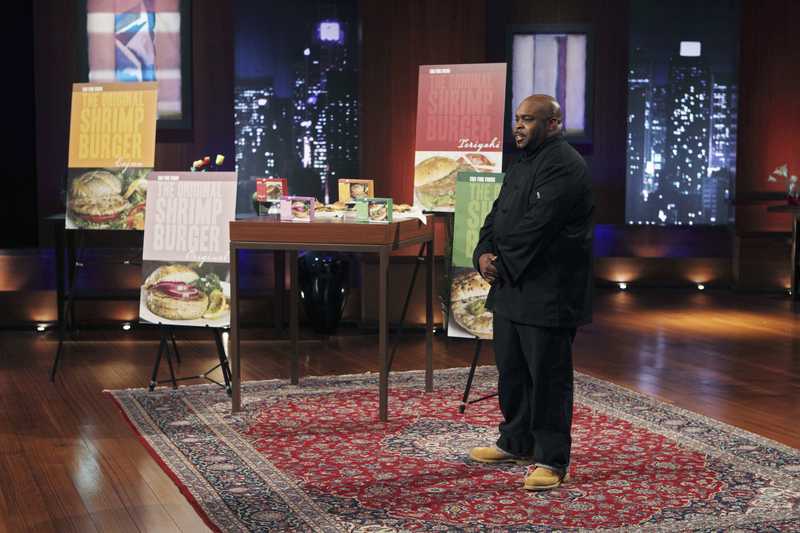
Unfortunately though, not enough to invest. But who needs 'em? After the show, Shawn's business exploded and shrimp lovers across America stocked up on this unique seafood delicacy. Davis expanded the menu and ended up making $5 million from his products. Shawn became a pretty big fish (no pun intended) in the seafood market.
BedJet - $3 million
When former NASA employee Mark Aramli took the stage on "Shark Tank" in the year 2015 to promote his prized invention "BedJet," a mattress pad for both hot and cold sleepers, the panel of judges were not too thrilled about the idea, feeling that it would never really sell. They were wrong, viewers were into it.
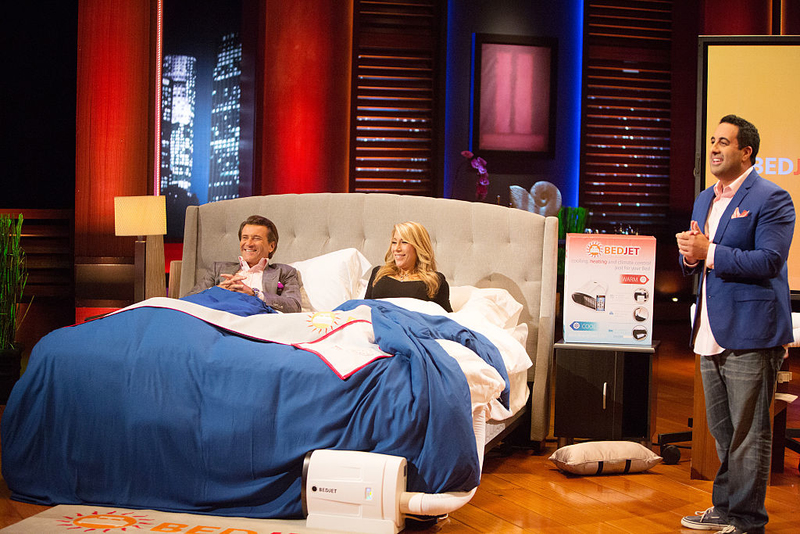
The bed allows users to adjust the pad according to their preferences, so couples with opposing body temperatures can peacefully sleep side by side. While Mark's idea actually tanked on the show, it did earn him $3 million from outside parties after the appearance.
Tipsy Elves - $10 million
Nick Morton and Evan Mendelsohn had a love for ugly Christmas sweaters, so they decided to turn their passion for kitschy designs into something pretty profitable. Although the Sharks were skeptical because of the seasonal nature of the product, one shark ultimately budged. Thanks to Robert's investment, their company "Tipsy Elves" was born.
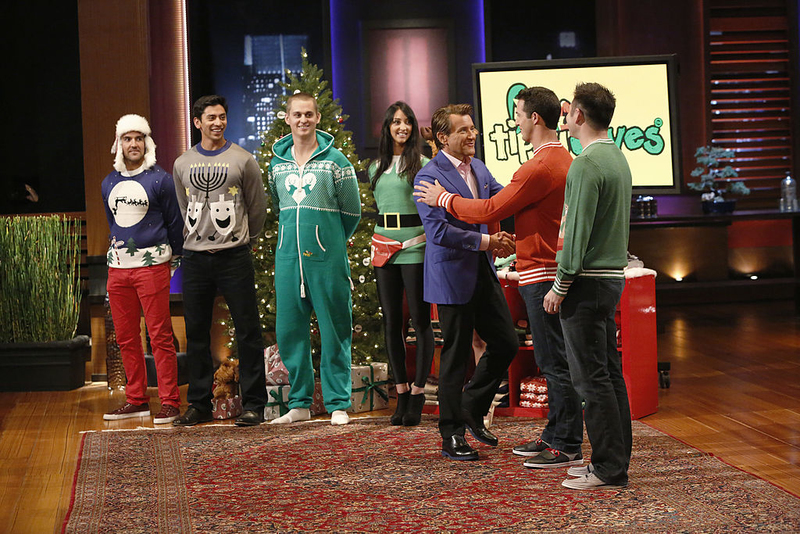
The fun apparel company sells clothes with crazy designs and of course many signature "ugly sweaters." And Robert thought of expanding the product range to all year-round offerings - so people could have fun with their apparel all the time, and not just during the holidays. In 2015, they made $10 million from their tacky yet charming clothes.
Grace and Lace - $20 million
Couple Rick and Melissa Hinnant got on the show to pitch their women's accessory business "Grace and Lace" in 2013. The idea revolved around comfortable yet stylish leg warmers, which, the couple had originally made for themselves to provide comfort during tough times.
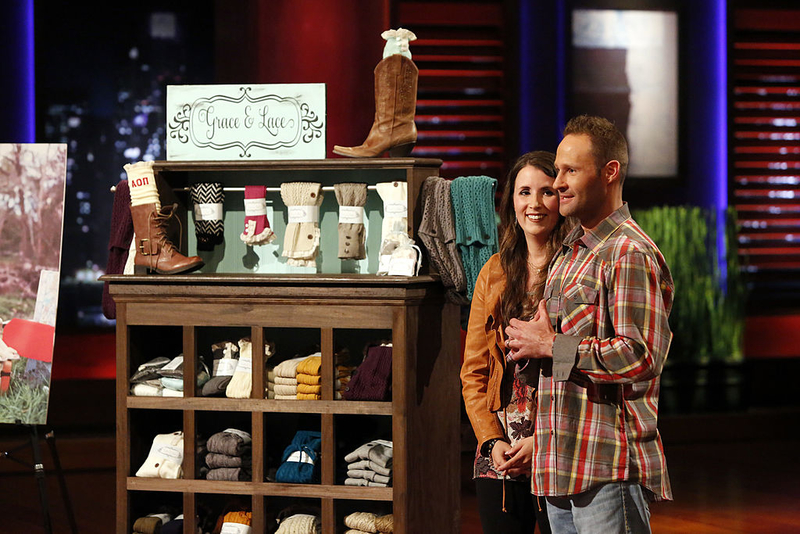
Barbara was attracted to the idea the most, which definitely helped boost their popularity. In fact, when it aired, the company exploded with orders. The owners, initially unprepared for the overwhelming success struggled to keep up with shipping out orders. The day their episode aired their revenue jumped to $1 million. In total, they have made $20 million since their pitch aired.
Copa Di Vino - $25 million
James Martin, considered by the investors as the most disliked contestant, came on the show twice with the same pitch. Needless to say, he was let down both times. But his nifty idea got the attention of viewers around the country. The idea? Single-serving glasses of wine. Pretty simple - right?
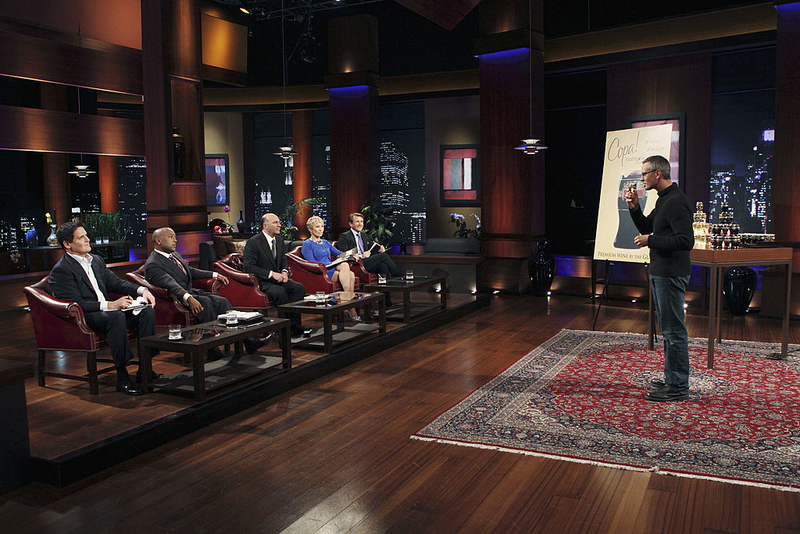
Though he rejected the Sharks' offers twice, he got the recognition he needed to get that sales boom and save his family's winery from going bust. It just goes to show that sometimes, patience is the best virtue. Since 2017, Martin has sold 38 million glasses of his signature Copa Di Vino wine.
Simply Fit Board - $9 million
Working out can be a drag, but in 2015, creators Gloria Hoffman and Linda Clark introduced the world (and the Sharks) to their funky "Simply Fit Board" which gets you to twist your way to a rock-hard core. Needless to say, the Sharks saw potential in this invention breaking into the fitness market.
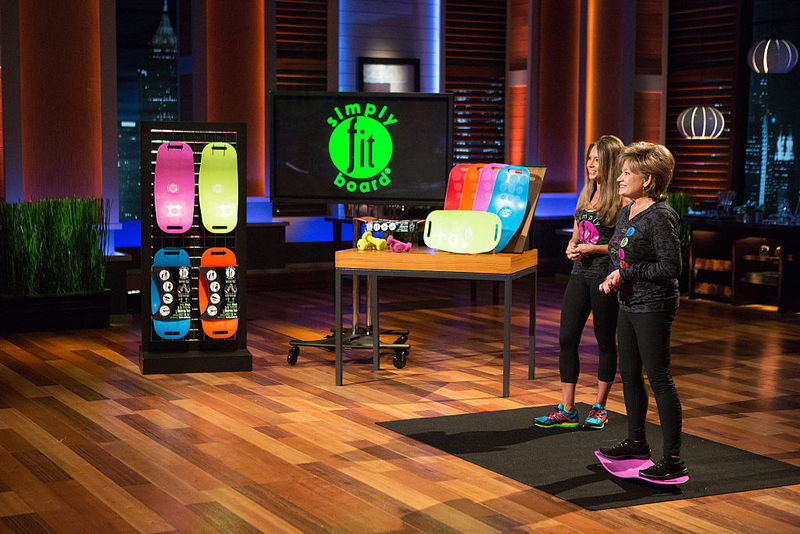
Lori invested a pretty sum in the device. Soon enough, the product seemed to generate a pretty big following. And the trio ended up raking in $9 million within a few months thanks to huge stores like Home Depot and Walmart that kept stock of the product.
InstaFire - $5 million
Barbecuing is great, but getting that fire sure is a process, and fanning a grill filled feels almost pre-historic. Not with InstaFire. The fire-starter kit comes with wood pellets, wax paraffin, and wait for it...volcanic rocks, so you know flames will fly. Up to 16 inches high in fact.
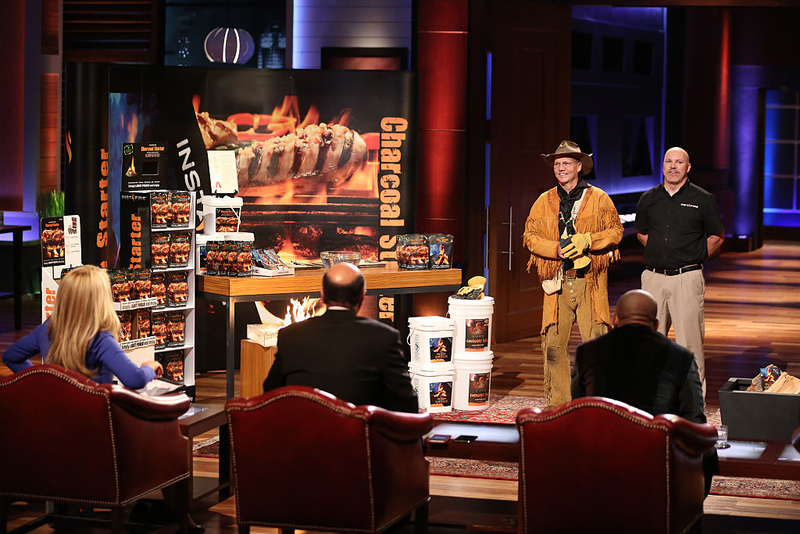
This team believed that InstaFire provided a safe and eco-friendly way to start fires for any purpose. The pitch went well and Mark and Lori in particular were impressed and decided to go in on it together. And the exposure from the show created a real buzz too. InstaFire made $5 million in the year 2019 alone.
Safe Grabs - $5 million
So you are heating something in the microwave, you take it out and your fingers practically burn off. What are you supposed to do in order to prevent this from happening in the future? Enter microwave aficionado Cyndi Lee and the problem is no longer.

Lee created silicone mats that go under the dish and fold over once you take it out, thus preventing your fingers from touching the hot plate. QVC queen Lori Greiner partnered up with Lee and together the pair made a whopping $5 million since the product's debut. The infomercial network certainly is behind a lot of that success.
Scrub Daddy - $50 million
These mega-popular smiley sponges have definitely caught your eye at the check-out counter. There's a reason why they're so damn successful. These unique sponges change texture according to the temperature of the water. And they smile at you! They are ideal for cleaning and put a smile on the face of whoever's using them too.
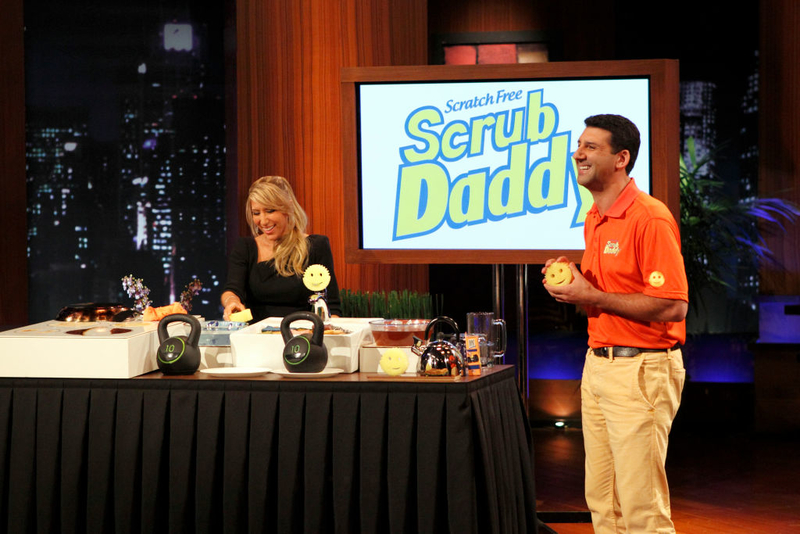
When creator Aaron Krause pitched the idea, Lori Greiner loved it and decided to team up with Krause. These nifty cleaning companions led to many people swooping to stores to buy them. And Scrub Daddy ended up achieving huge success worldwide. In fact, it has earned them $50 million since 2017.
ReadeREST - $27 million
It's often the small and simple inventions that end up being worth millions. And don't you just hate it when you are ready to pick up a book for a good old read but you do not remember where you put your glasses? When inventor Rick Hopper kept getting frustrated with misplacing his reading glasses, he came up with this magnetic eyewear holder.

Lori fell in love with the magnetic pocket attachment and teamed up with Rick. Her input yielded results and together, they made $27 million since launching the product on the QVC network. Lori certainly knows her audience.
The Squatty Potty - $1 million
When this idea was first presented, most of the sharks in the room laughed it off. But Lori Greiner knew better and invested a lump sum. Thanks to her, people around the world got the chance to go to the bathroom in the way the body intended. Basically, kind of like how a baby does their business!
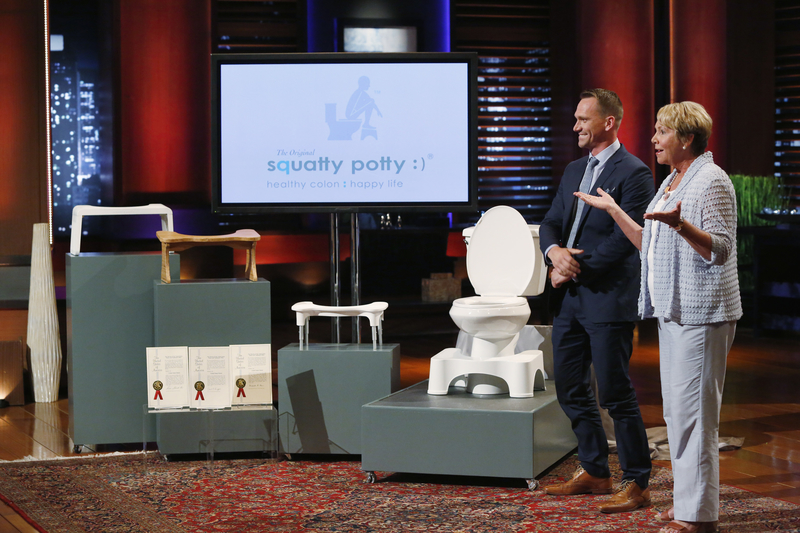
The unique yet very necessary product correctly positions the body for it to easily do its thing. The day after it received its investment, the company did about a million dollars in sales. This gives doing "your business" a whole new meaning. We can't help but feel though like a lot of people are going to be laughing while sitting on this thing!
FiberFix - $50 million
Do you have leaks or tears that are too serious for mere duct tape? You may need to invest in some more heavy-duty materials, like FiberFix. Thanks to Eric Child and Spencer Quinn, this impressive adhesive hardens into a seal that is virtually impenetrable. It's waterproof, extremely strong and completely durable for fixing pretty much anything.
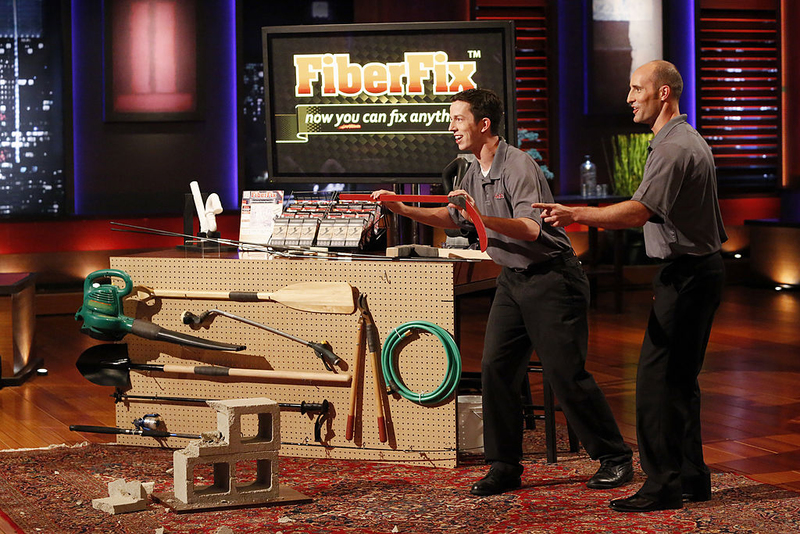
And this was all made very clearly to the Sharks. Lori, who clearly loves products that can be best showcased on the famous infomercial network jumped at the chance to invest in this useful product. FiberFix raked in $50 million since the Shark Tank partnership.
Mission Belt - $25 million
Forget the old traditional belt that simply fastens with a buckle and holes, the Mission Belt is revolutionizing the way that people are getting dressed from the waist down. This belt has a special clasp instead. The company's name comes from its mission of helping communities with micro-loans for small business ventures.
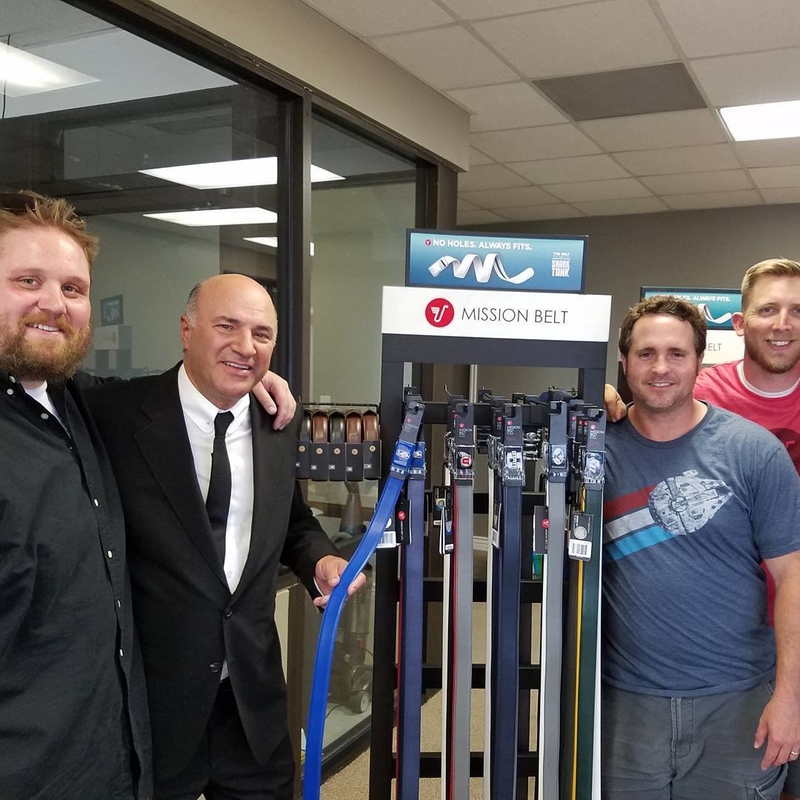
It was Daymond who saw the potential in this company and helped the enthusiastic founders Zac Holzapfel and Jeff Jensen make their dreams come true. With a helpful investment and hard work, Mission Belt has made more than $25 million since it aired on the show. Now that is tight!
Ring (aka DoorBot) - $1.1 billion
In 2013, CEO of Ring (aka DoorBot) James Siminoff got on the show to talk about his bright idea. He invented a doorbell camera that goes by the name of DoorBot. Ring was already one of the most popular home security systems in the U.S. when he got on the show, which is why the sharks never actually wound up investing.
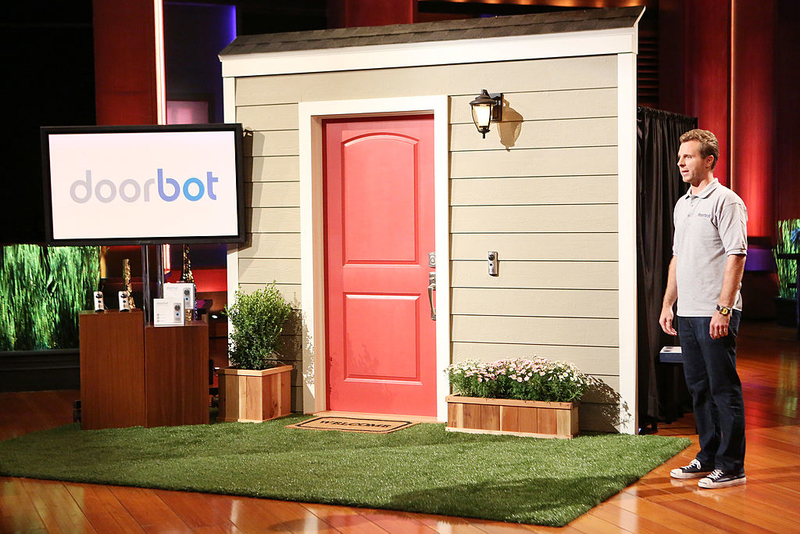
Looks like he didn't need them in the end as James recently sold Ring to Amazon for $1.1 billion dollars! Mark Cuban said even after the sale went through that he would not invest in it. According to him, it's overvalued.
Coca-Cola
Of course, this is one invention that got big long before "Shark Tank" was even a thing. During the prohibition era, American businesses had to find alternative ways to make products without any alcohol, and naturally, people were seeking another kind of thrill. This paved the way for the world's most iconic soft drink - Coca Cola.
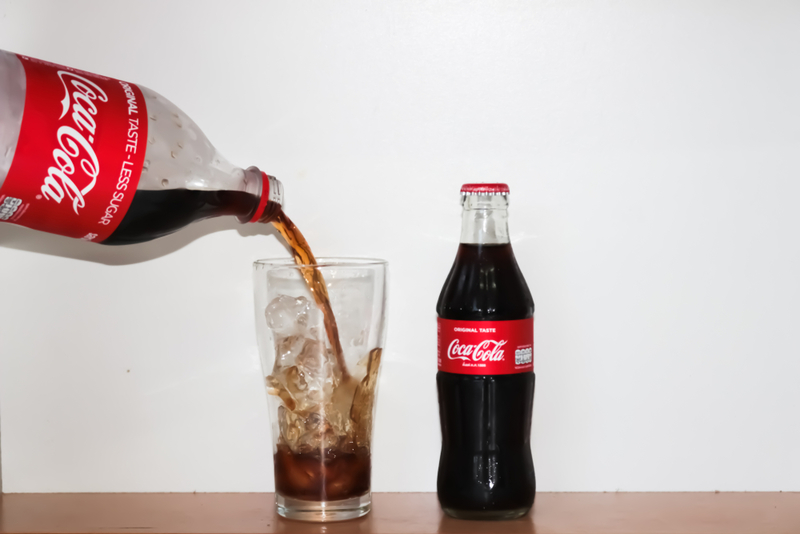
When an Atlanta-based pharmacist named John S. Pemberton invented his famous "Wine Cocoa," which served as a cure for headaches, people fell for the new drink. The real kick came from certain ingredients. He replaced alcohol with sugars, carbonated water, and extracts from the coca leaf and kola nut.
Post-its
Every billion-dollar idea has an origin story. But when Spencer Silver, an inventor for the manufacturer 3M came up with the idea of his sticky square papers, initially nobody really knew what to do with these things. People didn't really get the purpose of them. But that was soon about to change.

For several years, post-its were unknown to the rest of the world. But they soon got their fair share of exposure and the buzz surrounding these elegant reminders had an incredible snowball effect. These days, you'll find post-its in nearly every office around the world - and plenty of homes too.
From Heaven Above
You know, there was a time when book readers simply needed to take a mental note of where they left off in a book they were halfway through. But that was soon about to change. In 1974, a colleague of Spencer, named Art Fry who had attended one of his seminars, came up with the bright idea of placing the adhesive paper in his hymn book, thus using it as a bookmark!
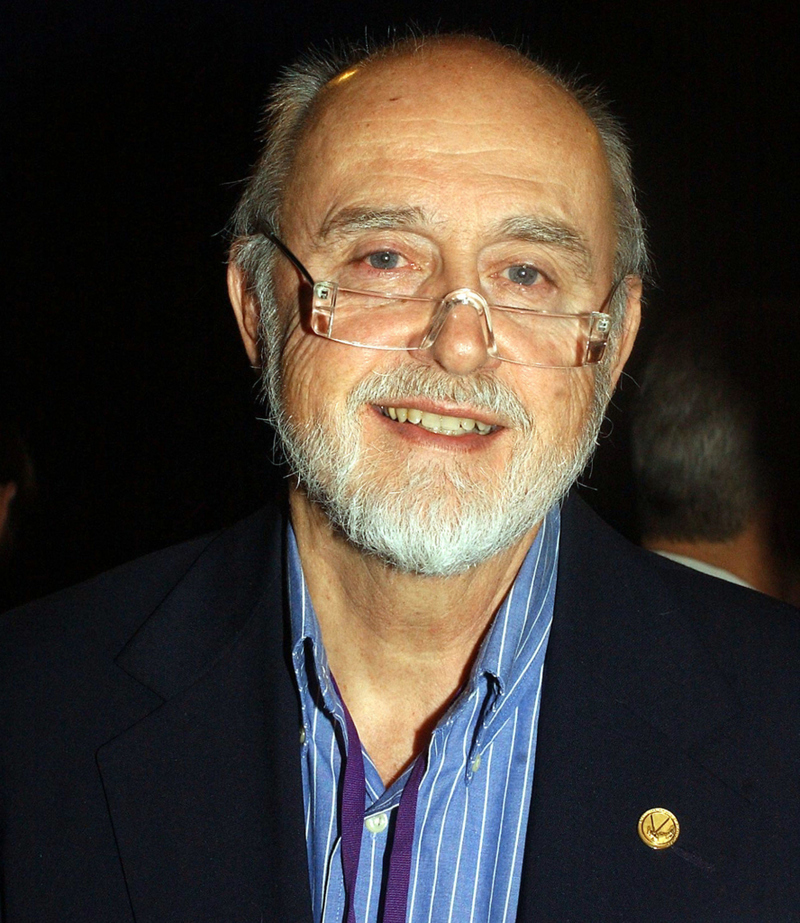
The papers easily marked the pages and quickly his book became filled with post-its that marked various pages. Thankfully the use was discovered and ever since people have been sticking them on walls, inside books, leaving notes on desks, you name it. It's now worth 5 billion dollars.
Popsicles
We have been graced with countless fantastic products that have come into this world completely by accident. In fact, some of the best inventions came from people's mistakes or just letting something happen. Take the 11-year-old Frank Epperson for example, who left his mixed soda pop with water and promptly forgot all about it.

The next day his cup of sweet drink was frozen over, and, voila, the first frozen "popsicle" came to life. Years later, as an adult, he marketed his little invention. And these days, you will find popsicles in virtually every grocery store in the world and you can rest assured that sales skyrocket during the summer.
Super Glue
Harry Coover was a chemist responsible for the creation of Super Glue - accidentally. Rather than marketing it right away and making a ton of money, Hoover set it aside, not even wanting to deal with the super sticky substance. And do you blame him? While that stuff is certainly effective in sticking stuff together really well, it sure can be annoying to get off your fingertips.
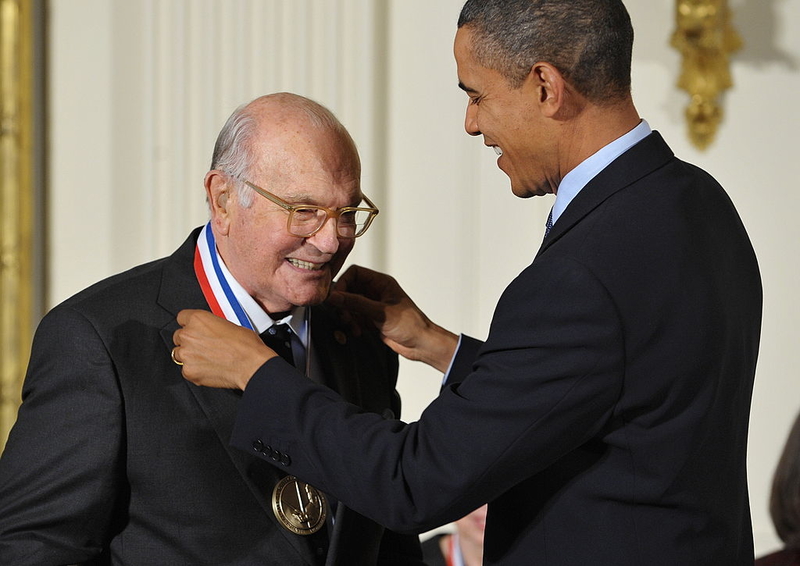
Years later, he found himself revisiting his little creation while assembling plane parts and discovered just how powerful the glue actually was. It was only then that he realized he may have something quite unique.
The Ultimate Glue
Every invention seems to be able to trace their origins to something pretty mundane or unexpected - and this can definitely be said for superglue. Fusing plane parts together was the beginning for Coover. While it was originally dubbed "airplane glue" it soon went mainstream when folks realized that it could be used for just about anything.
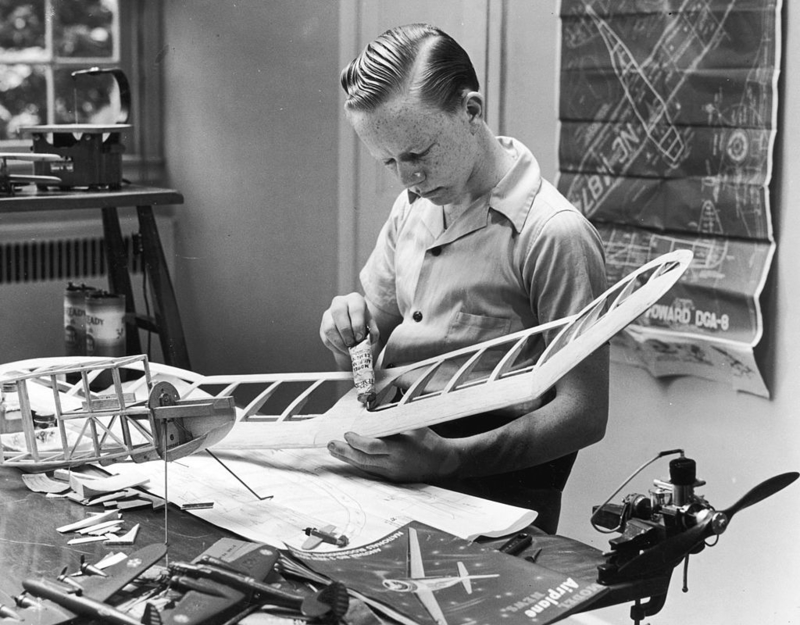
Soon everybody had their hands on a tube of Superglue. Unfortunately, some people noticed that the glue's potent chemicals resulted in certain regulations being introduced, but it's still popular as ever. And since then, other inventions such as superglue guns have come into being.
Play-Doh
These days, it's kind of weird if your kids haven't played with Play-Doh at least once in their life. A perfect toy for stimulating creativity, this colorful putty has inspired many children to pursue the arts over the years. A favorite among kids, this gooey delight came out in a rather unexpected way.

Originally a special kind of soap dough that was used for cleaning soot from fireplaces, the product became redundant when then homes switched over to electric heating. With all that dough on his hands, creator Joseph McVicker took a hard hit financially. But his sister ended up saving the day.
Getting Rebranded
So now that you know how Play-Doh was created, now we need to work out how it became so popular, to begin with. One day, McVicker's sister, who happened to be a teacher, brought the dough to school for students to use as modeling clay. The stuff was a real hit, and the kids just loved to play with it.
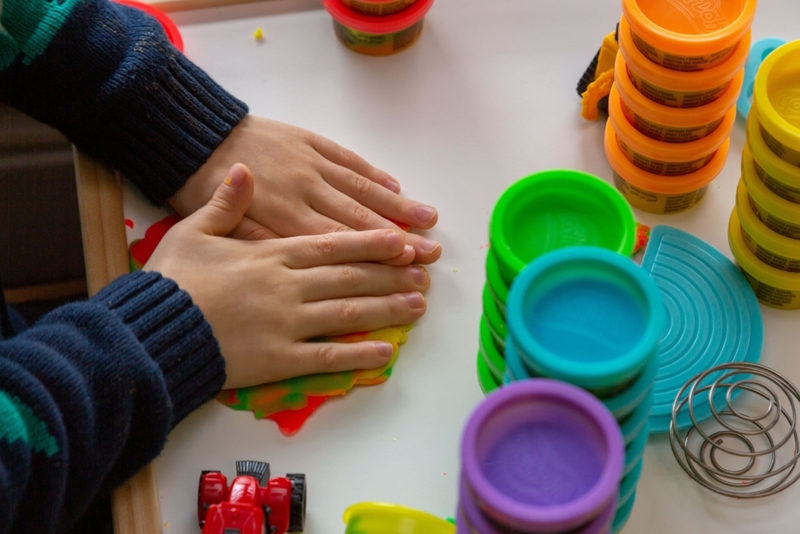
McVicker caught onto the buzz and decided to take the bold move and re-market it as a toy for kids instead of a fireplace cleaner. With a little bit of dye along the way, the product ended up getting a second life.
Microwave
Ah, when you think of all of those hot pockets and instant meals that have kept us going over the years, you need to give praise to one very clever man. Genius physicist Percy Spencer was the man behind the microwave oven and would revolutionize the way that people heated up their food around the world.
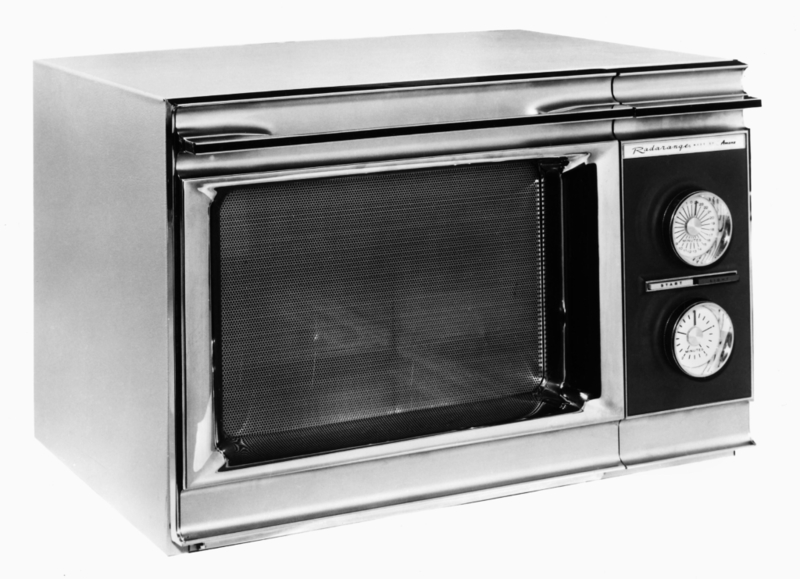
This genius little appliance is simply a must for anyone who would prefer heating up a bowl of leftovers in one minute rather than achingly stirring it around in a pan over a hot stove. This great creation came about while Spencer was actually attempting to create a new vacuum tube.
Popping Up
In order to understand the origins of the microwave, we need to go back to the very beginning. And the very beginning starts with, of all things, a chocolate bar. Spencer was tinkering on his new device when he noticed that the chocolate bar in his pocket oddly began to melt. He assumed it was the heat waves emanating from his vacuum's radar.
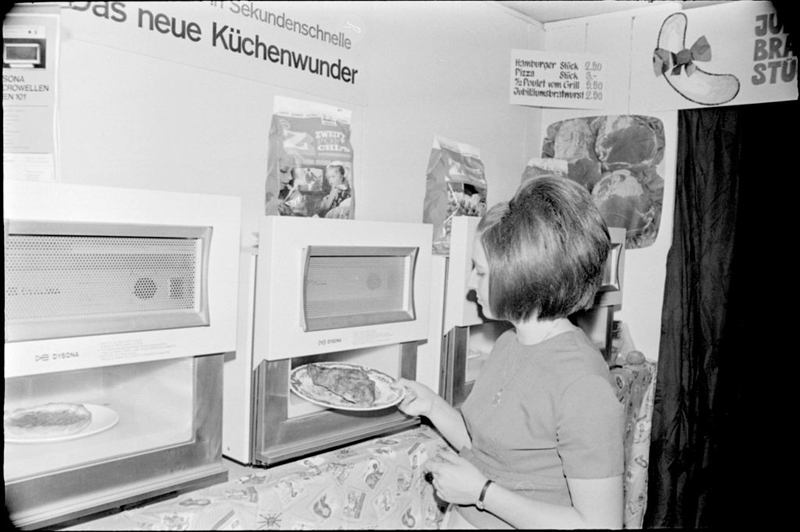
In order to test his theory, he grabbed some popcorn kernels to check the reaction. It didn't take long until there was a loud pop. It was clear that Spencer had inadvertently created the microwave. Movie lovers around the world rejoiced.
The Ice Cream Cone
Ice cream was overflowing at the 1904 St. Louis World's Fair. Folks gathered in droves at the ice cream stands and vendors found themselves running out of bowls and spoons and needed to come up with a different way to serve the goodies. Something needed to be invented to address this problem and surely enough, this would lead to the creation of the ice cream cone.
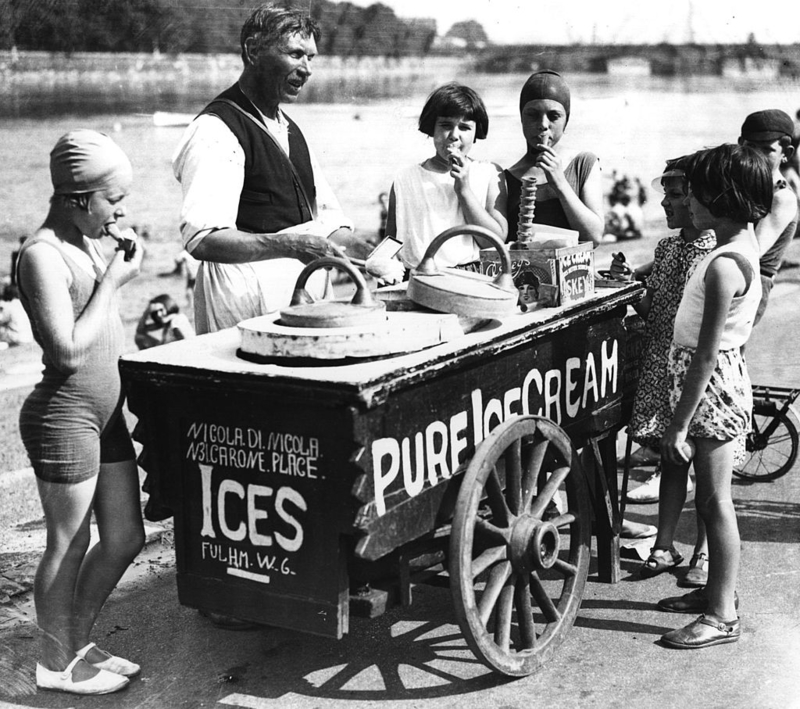
Faced with high demands, these ice cream businesses need to think of something fast. If not, they stood to lose all those customers and all that sweet ice cream would have gone to waste!
Help From Next Door
At the fair, just one booth over, there happened to be a zalabia booth, which is a crispy pasty-like dessert that originates from Syria. It was Ernest A. Hamwi that thought of something. And we think you might know where this story is going - but basically, this move would change the ice cream game forever.
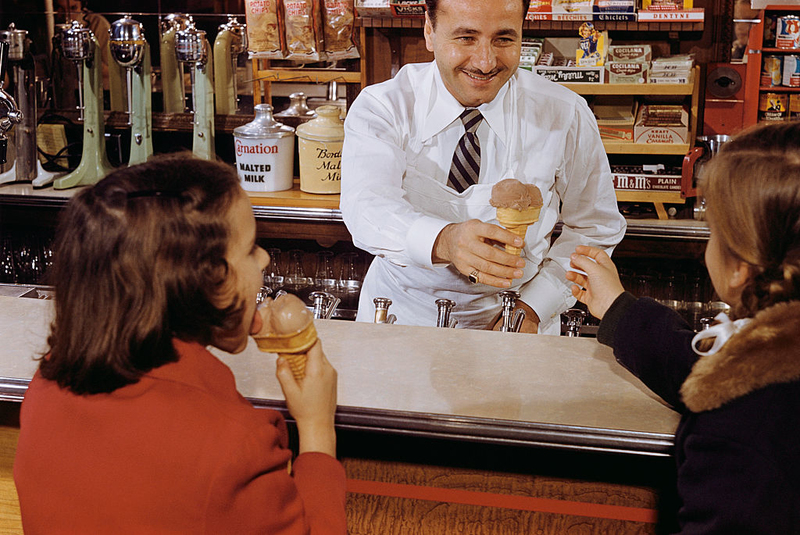
The vendor decided to roll his pastry into a cone-like cup in order to serve the tasty treat. This ingenious idea of course resulted in the ice cream cone, which, if you ask anyone is the ultimate way of chowing down on ice cream.
The Hybrid Car
We take it for granted these days. After all, we are phasing into a completely electric automobile landscape. So it makes sense that so many cars out there are now hybrid. It may surprise you but in 1902, Ferdinand Porsche won his class at the annual Exelberg Hill-Climb in Austria in a front-wheel-drive hybrid-electric car.

While that made waves, what came nearly a century later, truly changed the course of automobile technology. In 1997 Toyota surprised its competitors by releasing the hybrid Prius to Japanese consumers. It took almost three years for the Prius to reach North America. These days, the greener, the better.
Teflon
Most of us out there like our eggs done a certain way. Some like them scrambled, others like them sunny side up. Everyone has their preference. But, there is one thing that we all have in common - and that is the use of the Teflon pan. The man behind the Teflon pan is Ray J Plunkett.
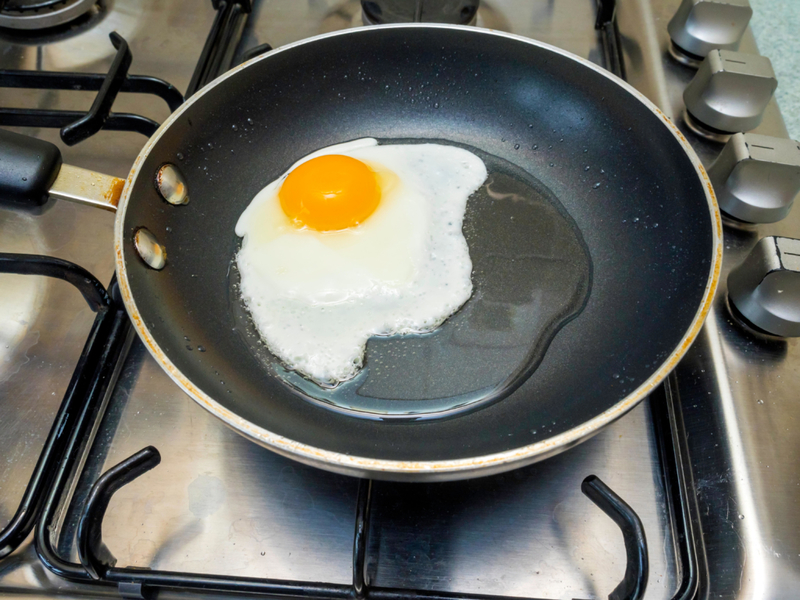
He was actually working on a method to improve the refrigerator cooling system, but during the process, made a mistake with the chemicals. When he realized what he had done, it dawned on him to then coat a pan with synthetic chemicals. The result was the non-stick Teflon pan.
The Personal Computer
This brilliant invention burst into our lives in the 1970s and truly change the way that people handled their lives. The earliest PC was first introduced in 1974 by Micro Instrumentation and Telemetry Systems (MITS) via a mail-order computer kit called the Altair.
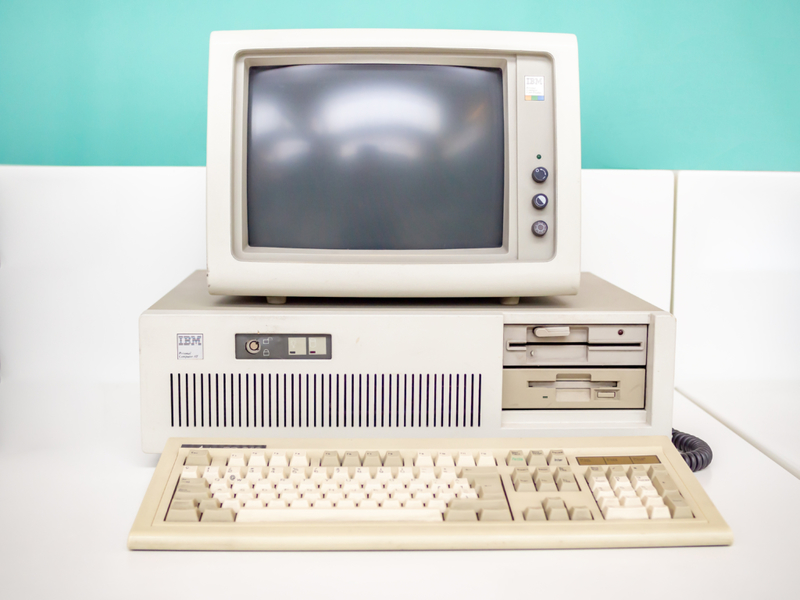
It was the invention that laid the foundation for all the software giants like Microsoft, Apple, IBM, and countless other ones, that are now a part of our smartphones. It's amazing to think that these days, so many of us have our own "personal computer" at our fingertips, in the form of a smartphone. But we had to start somewhere.
Velcro
One day Swiss scientist, George de Mestral was taking his dog for a walk outside in the woods. As dogs like to do outside, he went about his business and frolicked around the outdoors, inadvertently picking up nasty spiky little plants that stuck to his dog's fur.
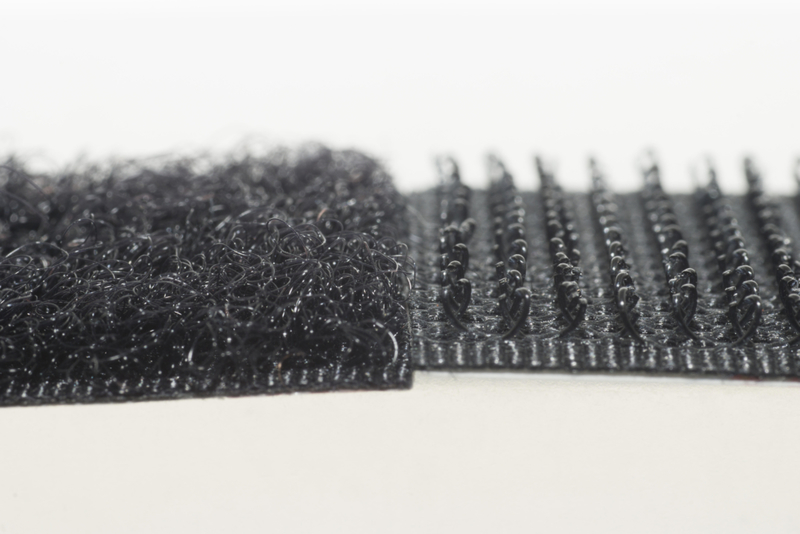
Naturally, the inquisitive scientist decided to take a look at his dog's fur under a microscope. Taking inspiration from what he saw, he spent the next few years developing the material we know today as velcro. This magic substance is used in countless items such as shoes, bags, and ties. It is truly an ingenious way to grip things together.
Potato Chips
This might be the quintessential example of an invention that came into being completely by accident. So there is a really strong chance that you already heard of this one. George Crum was a chef at an eatery in the Adirondack Mountains, when one day, in the year 1853, a difficult customer kept sending his plate of chips back, complaining that they were too soggy.
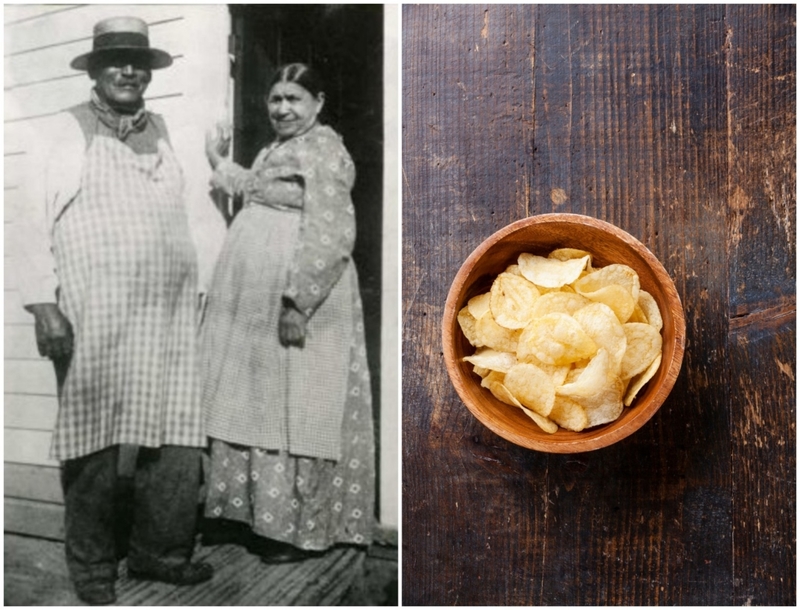
In a burst of anger, George cut the potatoes into wafer-thin slices, deep-fried them with salt, and sent them back to the customer. The result was actually a deliciously crispy delight now known as potato chips!
The Printing Press
In 1439 German inventor Johannes Gutenberg created this revolutionary device that brought us into the modern era. The machine allowed ink to be transferred to paper in mechanized form, and on a mass scale. This resulted in the spread of information, making things far more accessible. Print journalism became the absolute norm and was one of the main ways that people gained access to the news.
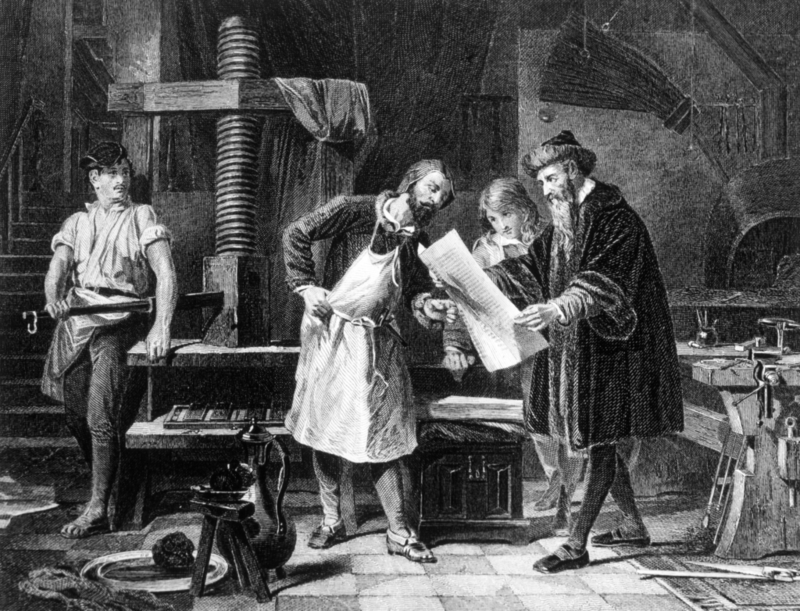
It truly was the turning point of our world. Content was printed and shared and the spread of knowledge took a life of its own. Of course, we are veering more and more into a world where the printing press is becoming somewhat obsolete since everything is now being published online instead. But people still like to read stuff from paper.
The Frisbee
Back in the day, Yale college students used empty tins from the Frisbie pie company to toss around the field for amusement. A metal disk flying around the air could do some pretty bad damage if it landed badly. Imagine that hitting your nose! That's why things had to change.
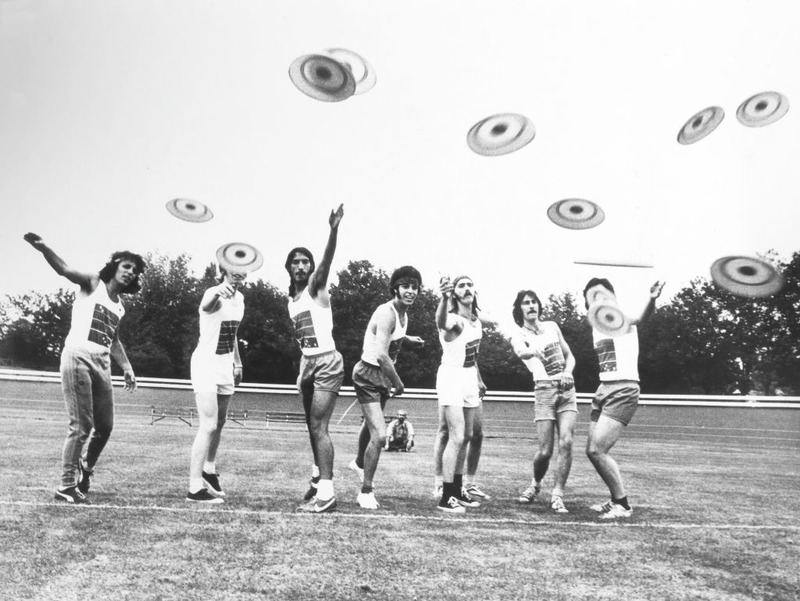
And that is why on January 23, 1957, the Wham-O toy company decided to roll out the first batch of their aerodynamic plastic discs—what we now know as the Frisbee. These flying discs have been popular with people of all ages ever since. Heck, there is even a sport now dedicated to the throwing of these flying discs known as Ultimate Frisbee. That's how big of an impact this invention has had on the world.
Bubble Wrap
Engineers Alfred Fielding and Marc Chavannes were two engineers who attempted to reinvent wallpaper by designing a 3D-textured variety from shower curtains. Instead, they would go on to reinvent the packaging industry with this incredibly simple invention.
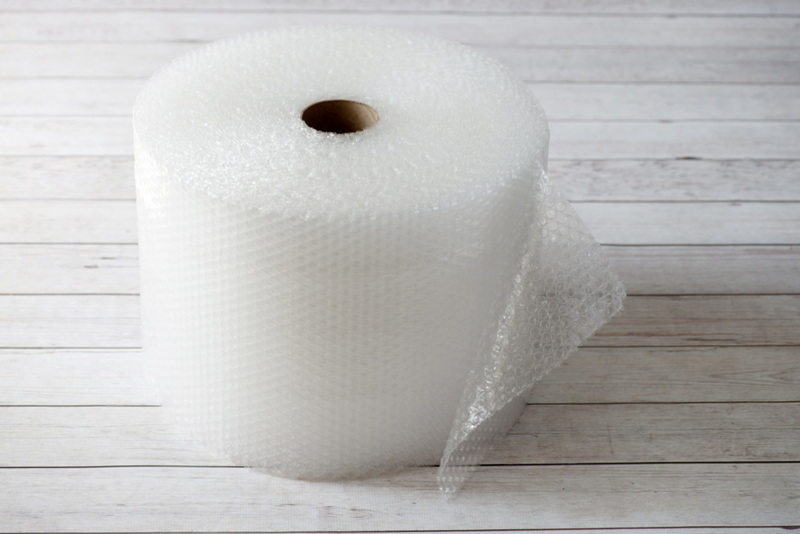
When they noticed the protective properties, they realized that the material was perfect for packaging electronics and thus bubble wrap entered the market. Aside from that, kids around the world discovered how fun it was! Just popping those little bubbles is enough of a sell for juveniles all over the world. But yes - this is a fantastic tool for keeping valuables safe during big moves.
Photography and Cameras
1840 was the year people stopped relying on portraits for freezing a moment and creating memorable snapshots. Sure, there is something to say about the skillful, accurate depiction of someone through painting. But a big change was about to come. The invention of the camera turned self-interpretations of painters, into real-life images of what people really looked like.
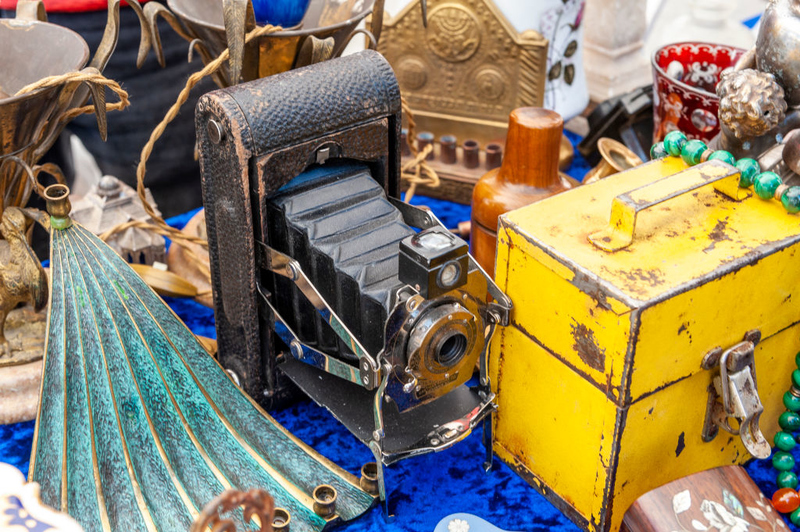
The 20th and 21st centuries would not look the same if not for one of the most important inventions of all time. Today the cameras have become a tool for artists, a communication and working device, and how not, part of our cellphones which we can't live without.
Lysol
Many inventions have strange origins - and Lysol is a prime example of this. Old-timey products were kind of strange and somehow multi-purpose too. The hygiene product Lysol which is today known as a home disinfectant and anti-bacterial substance had a slightly unusual origin story.
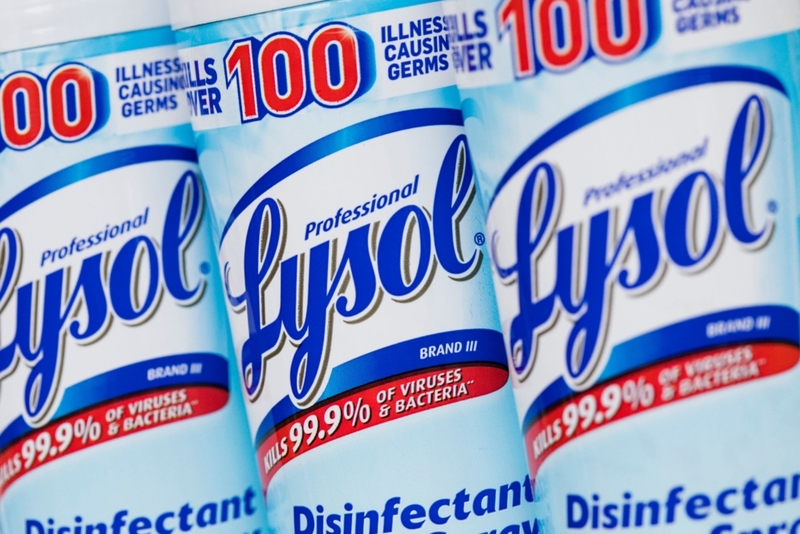
When first available to the American public, the product was subtly marketed as a form of birth control and health treatment for women. Thankfully times have changed and now the range of products under the Lysol name strictly deal with cleaning wounds or unclean surfaces. And when it claims to 99.9% of viruses and bacteria - that is pretty reliable.
Listerine
While this was less a revolutionary invention and more of a groundbreaking rediscovery, it still did transform dental hygiene for good. Initially, Listerine was used as a floor cleaner until someone had the bright idea of swallowing it and making their mouth feel all nice and fresh. Not to mention the fact that it removed all of bits of food from the gaps in his teeth.
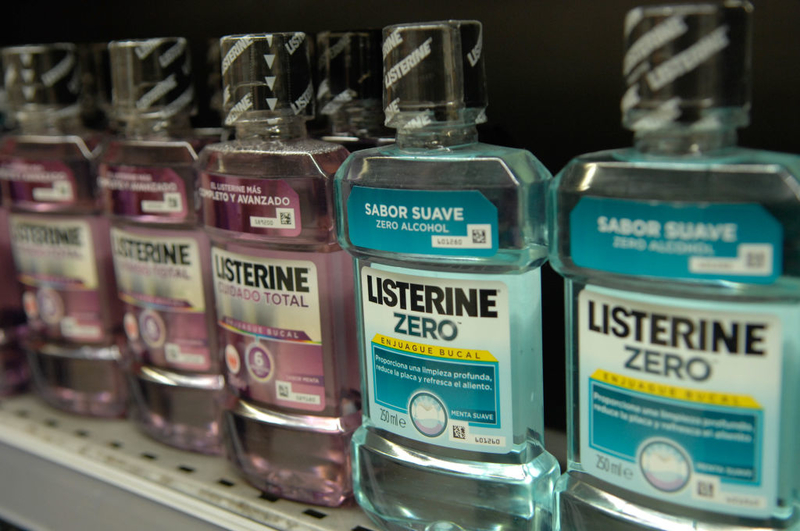
What resulted was thankfully not a trip to the hospital, but rather minty fresh breath. Fast forward many years later and now Listerine is the number one selling mouthwash on the market. Though there are more alcohol-free versions of Listerine these days, as medical professionals argued that alcohol was ultimately bad for gums in the long-term.
Penicillin
Discovered by the Scottish scientist Alexander Fleming in 1928, this miracle chemical concoction was an accidental discovery. And there is a really good reason why it was an accident. The emergence of this drug completely transformed modern medicine with its anti-bacterial qualities.
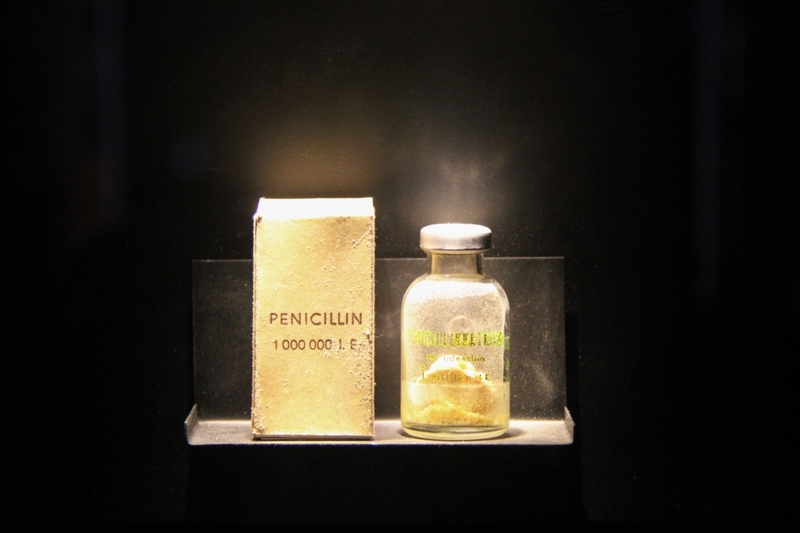
While working at a hospital, Fleming left a petri dish full of Staphylococcus bacteria out while he went away. Upon his return, he found a lot of mold on the dish that had killed the surrounding bacteria. A substance that came from the mold seemed to have antibiotic properties - and thus, penicillin came to be. If it wasn't for penicillin we would not have antibiotics.
GPS
Try getting around today without WAZE or Google Maps. What did people do back in the day? Did they just memorize routes by heart and hope not to take the wrong turn? The GPS (Global Positioning System) was the first electronic navigation system that used satellite technology, and it was, needless to revolutionary. It was created in the early 60s and was used for guiding nuclear subs.

It was however only in the year 2000 that President Clinton granted nonmilitary organizations access to unscrambled GPS signals. Within a short amount of time, private companies were churning out little car-friendly devices that helped you get from A to B.
Chocolate Chip Cookies
Ruth Wakefield was an American chef who became best known for inventing the first chocolate chip cookie. One day she was baking her famous chocolate cookie when she ran out of cocoa powder. As a substitute, she broke up some baker's chocolate into chunks and prayed that they'd simply melt and become chocolate cookies.

They didn't. Instead, a new kind of cookie freshly emerged from the oven. Ones with delicious little chocolate chips that solidified in place. Wakefield then started a little company and called it Toll House. And these days, you can pretty much find chocolate chip cookies all over the world. And thank God you can!
The Internet
Isn't it strange to think that there was a time in human existence that the internet actually didn't exist? How did people even find information? We heard about this thing called a library. We've never been to one - but apparently, that's what was used before. Although the worldwide network of computers had been a thing as far back as the 60s, it took shape as the Internet as we know it today during the 1990s.
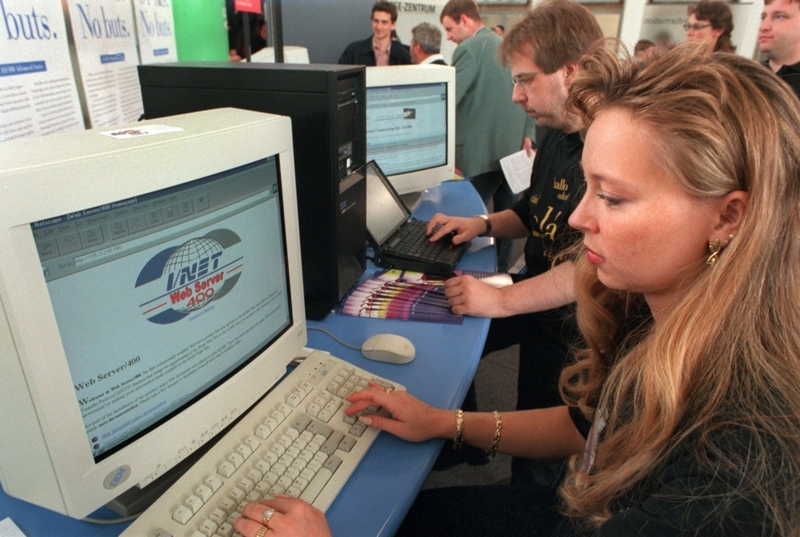
The creation of the World Wide Web by British computer scientist Tim Berners-Lee is behind modern-day communication, research, entertainment, and politics.
Bala Bangles - $20 million
If you are an exercise fiend who also likes to look stylish, then Bala Bangles are for you. Bala Bangles are chic and wearable weights to level up your cardio game. As the name suggests, they wrap around your wrists just like bracelets.

Founders Natalie Holloway and Max Kislevitz paired up with Mark Cuban to get the bangles rolling. Since then, Bala has been boosted into a profitable company. And we understand why they became such a huge hit. They look like something that a superhero would wear in one of those movies from the Marvel Cinematic Universe. Maybe that's why Captain Marvel and Black Panther are so fit.
The Original Comfy Oversized Wearable Sherpa Blanket - $ 250 million
This incredible product combines a warm sherpa blanket with a wearable oversized hoodie. Pair it up with a cup of hot cocoa and you get a cozy person's dream. The Orignal Comfy lets you wear your blanket all day long! And let's face it - isn't that what we are all looking for during the colder parts of the year?

Barbara Corcoran invested in the blanket hybrid without hesitation on "Shark Tank." Well, the decision landed her in an extremely comfortable situation seeing how popular the product became! This blanket has raked in more than $250 million since it became a thing in the world.
Flashlights
Boy, what did we do back in the day when we were stuck in the middle of nowhere and it was already pitch black? Did we just have to rub two sticks together and make some fire every time we couldn't see? Thankfully, someone invented the flashlight. The first version of the flashlight that we know and depend on today was invented all the way back in 1899.

The portable light source has evolved since then and the LED version was introduced in the 2000s. Flashlights are the unsung hero of any household. Whether you're exploring the outdoors or experiencing a power cut, flashlights have been helping us see the light for decades.
Pen Cap Holes
Ever wondered what the little hole on a pen cap lid is for? Maybe it's there so that excess ink can get out when it needs to. Or maybe it's so that the pen itself doesn't explode. Well, it turns out that neither of those things is the reason. Apparently, it's there for your own safety!

Yup, since chewing on pen caps seems to be part of human nature, the little hole in the cap is there to prevent you from choking should you accidentally swallow the cap. Who knew something so small could be so important? The pen really is mightier than the sword.
EverlyWell Food Sensitivity Test - $300 million
IBS sufferers rejoice! Gone are the days of exclusion diets, dealing with bloating, and feeling unwell after every meal. So many people around the world suffer from Irritable Bowel Syndrome. And these two knew exactly the plight that so many of us have had to deal with.
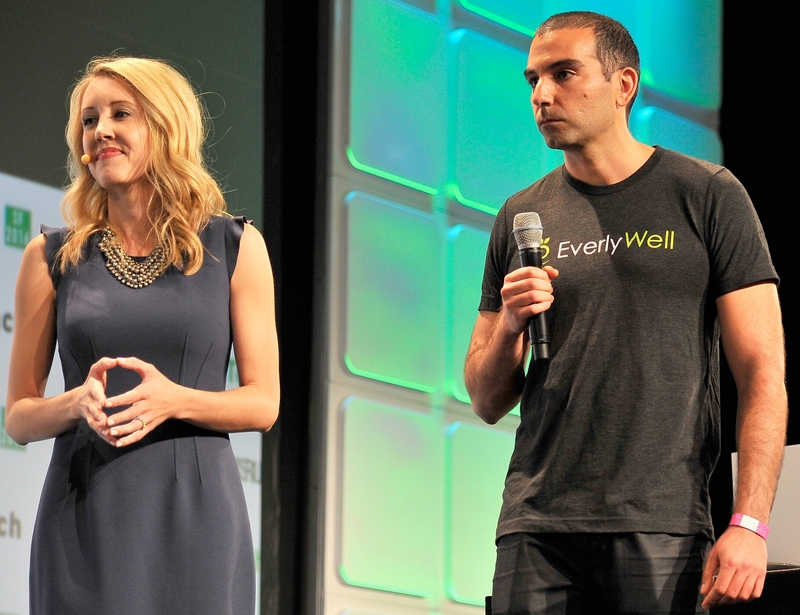
So Julia Cheeks invented this at-home food sensitivity test so you can figure out what foods to avoid from the comfort of your own home. Isn't that just absolutely genius? This is one of the most successful "Shark Tank" products in the show's history, which means Lori Greiner's $1 million investment certainly paid off!
Aquapaw Dog Bath Brush - $4 million
Have you ever tried bathing a dog? Yes, where most breeds are concerned, it is a pretty big challenge. Unless they are well trained, it can be a bit of a nightmare. Those who have tried it and lived to tell the tale will be very happy to learn about this little gizmo.
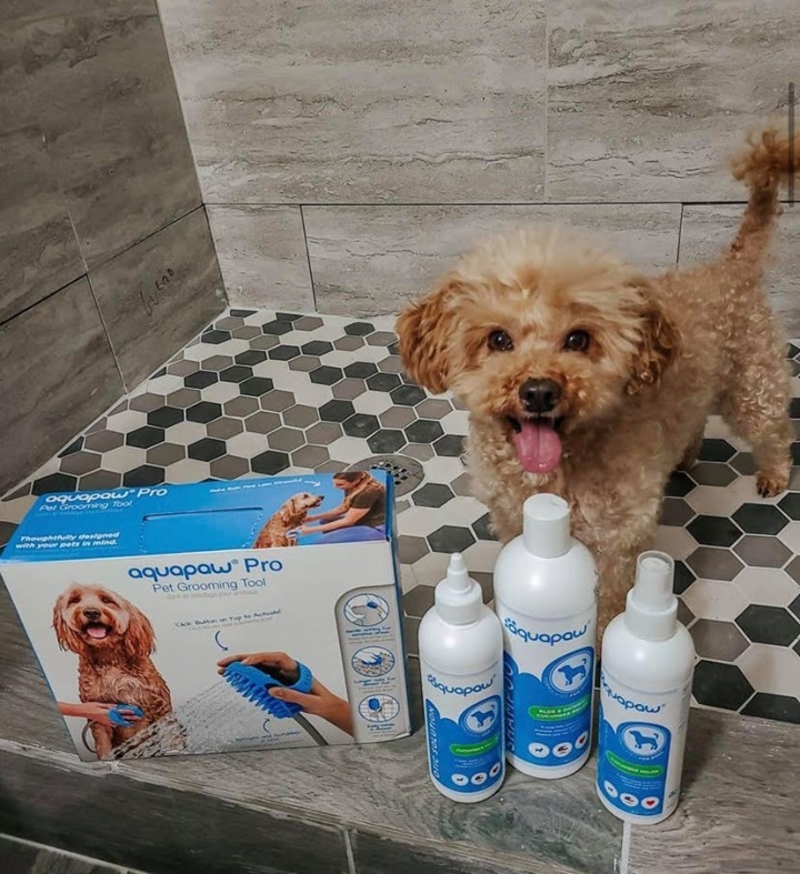
Canine lovers will know the perils that come with trying to wash your four-legged friend. Aquapaw founders Tom Zipprian and Daniel Lentz showed off their dog-washing glove on season 10 of "Shark Tank." The grooming gadget has gone on to be a successful product for the pair!
SneakERASERS Instant Sneaker Cleaner - $4 million
Sneakerheads will know the difficulty that is trying to keep your sneakers clean and bright. It seems that even after a couple of months from the moment of purchase, your favorite kicks can look like they were bought from a second-hand store, and that's just not cool.
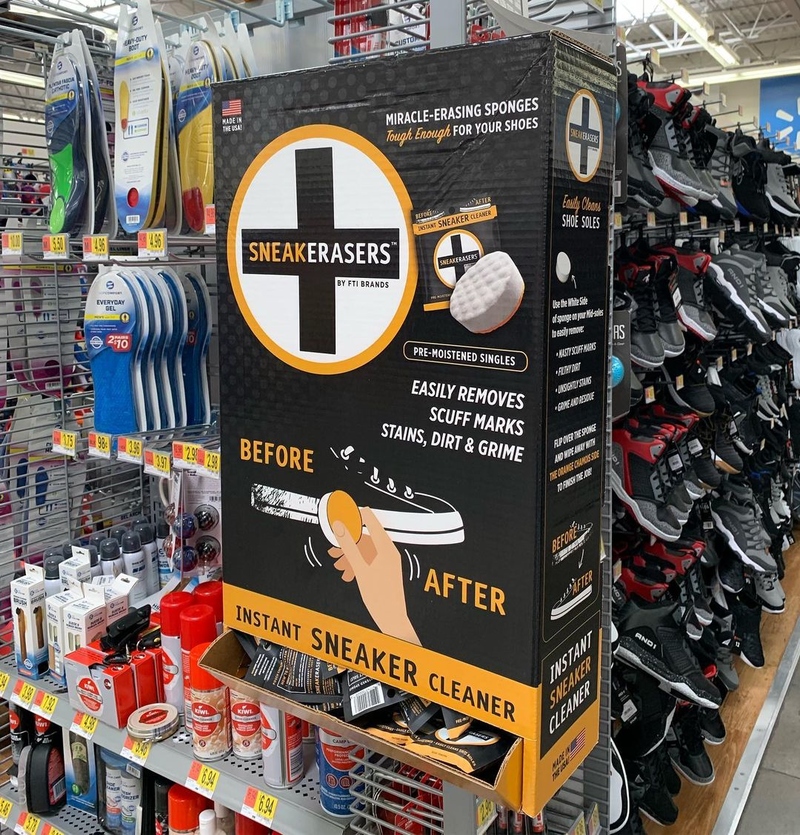
The "eraser" is actually a small pre-soaked sponge. In just a few seconds of scrubbing your shoe will look brand new. Founders and former college roommates Kevin Consolo and Chris Pavlica pitched the idea on "Shark Tank." While a deal wasn't finalized, the pair went on to build a successful sneaker eraser brand.
Beard King Beard Bib Hair Catcher - $1 million
Whether you have a beard or just merely live with someone who does, you'll know the terror of waking up every morning to find little beard hairs covering the bathroom sink every morning. It's really not a pleasant thing to have to be around. Come to think of it, beards are pretty gross when you think about it - but we digress.
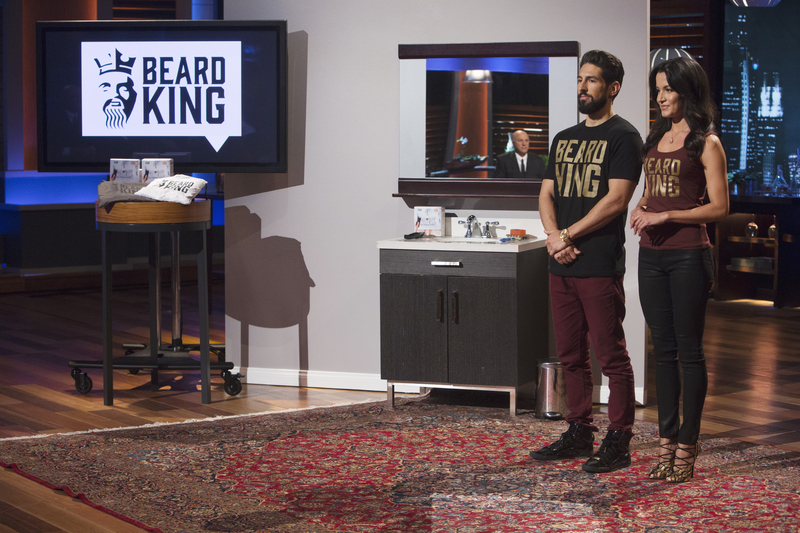
For those of you who love beards, The Beard King Bib was created to catch any shaving fallout for easy clean-up. Unsurprisingly, the majority of Beard King's customers are women who are fed up with their partners' bearded mess.
Bumps on Keyboards
If you have ever noticed the small bumps on both the “f” and “j” keys on your keyboard and have no idea what purpose they serve, don't worry - you are not alone! Seriously, why just "f" and "j?" Do these two letters stand for something? We know what the "f" word might be...but "j?" Is this some kind of sick "joke?"

The “f” and “j” keys are located in the “home row.” The bumps allow you to navigate the keyboard with ease without looking at it. You can find the home row with your pointer fingers, and ultimately put your hands in the optimal typing position.
Can Openers
Throughout the years, hardware companies have been trying to create an ideal solution for opening that ridiculously stubborn plastic packaging that comes with chargers and other toys. You know, the one that even your toughest pair of scissors just can't cut through?
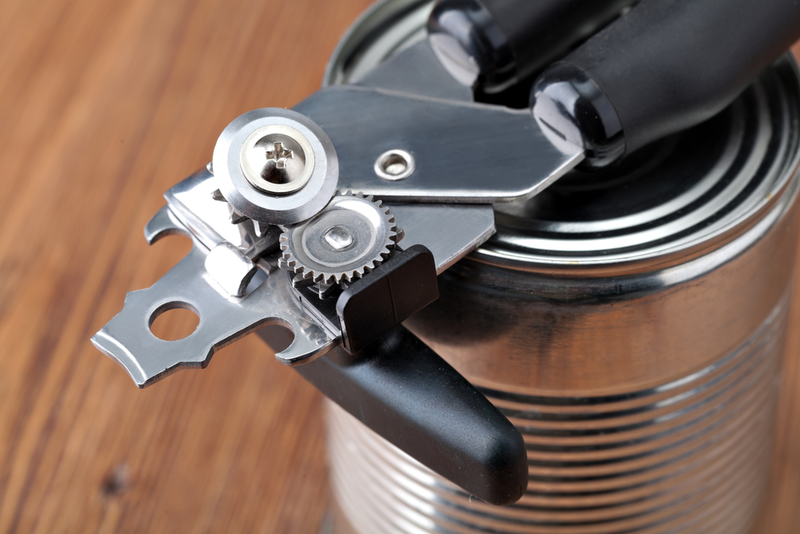
Well, there have been a few attempts with different tools for that thick plastic packaging, but you may like to know that the solution was sitting right there in your kitchen drawer the entire time. That's right, you can use your can opener on the edges of the plastic package and have your new item in no time!
Flip-It! Bottle Emptying Kit - $1 million
It's time to flip the script and get more bang for your buck. Not to mention the fact that we waste so much liquid - whether it be from shampoo or drinks. This gadget will screw to the top of whatever bottle you like, allowing you to store it upside down so you get the full content of the bottle.
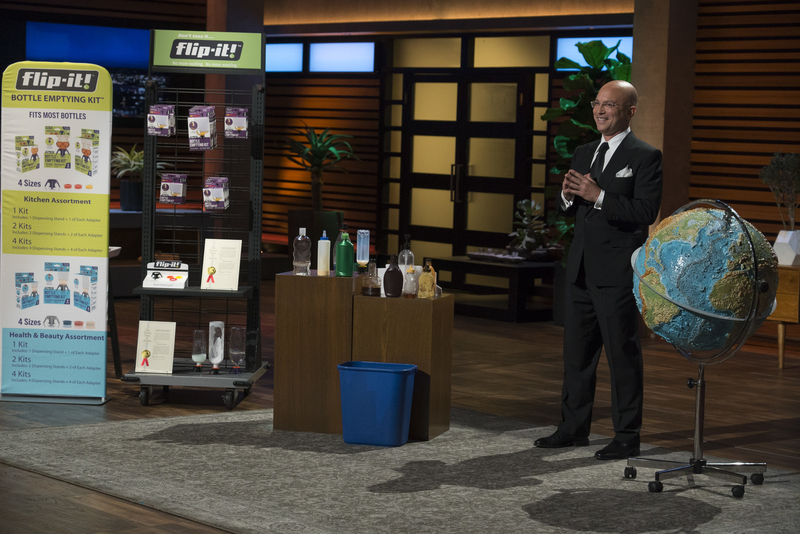
No more wasting the last few drops of shampoo! Simply just attach the Flip-It cap to any bottle and let gravity do the rest. While no one decided to invest in the product on "Shark Tank," Flip-It founder Stephen Epstein still managed to find success on QVC.
Frywall Splatter Guard - $1.5 million
Who doesn't love to indulge in a deep-fried snack every now and then? Some homemade fries, some onion rings, some spring rolls. All of these delicious treats should be easy (and safe) to make! The problem is that sometimes you need to make that snack yourself, which brings us to another problem — trying to avoid the hot oil splatter as you fry.

If some drops of boiling hot oil jump into your eyes, you could end up having to go to the hospital - and that's just no fun whatsoever. Yair Reiner invented the Frywall to act as an oil splatter defense. Reiner impressed the investors on "Shark Tank," landing a deal with Lori Greiner.
Chopstick/Fork
Let's face it - how many of us love getting some Sushi but never bother to use the chopsticks to pick them up and put them in our mouths? Surely we should be eating stuff the way it should be eaten, right? No chopstick dexterity? That's fine, not everybody can master this delicate art.
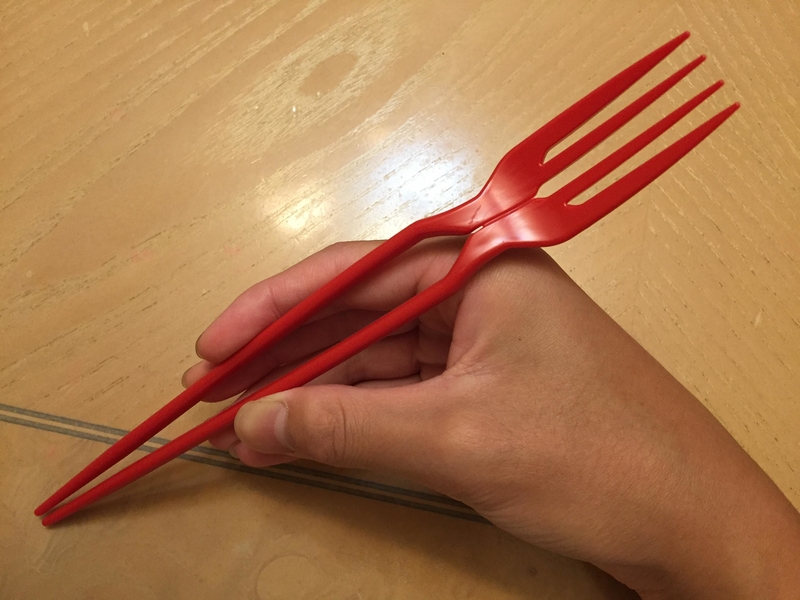
Sure, this item looks like a silly fork with silly chopsticks attached, and it kind of is. But the next time you're tasked with eating a bowl of egg-fried rice, you'll certainly be pining for this invention. These chopsticks are also a fork, for those who aren't feeling too confident about their skills.
Yogurt Lid Spoon
So many of us love nothing more than having some yogurt at some point during our workday. It tastes good, it's usually low on fat, and it's good for the digestive system. But what's that? Did you forget to bring a spoon with you? Yogurt has a place at nearly every table, not just in the breakfast nook.
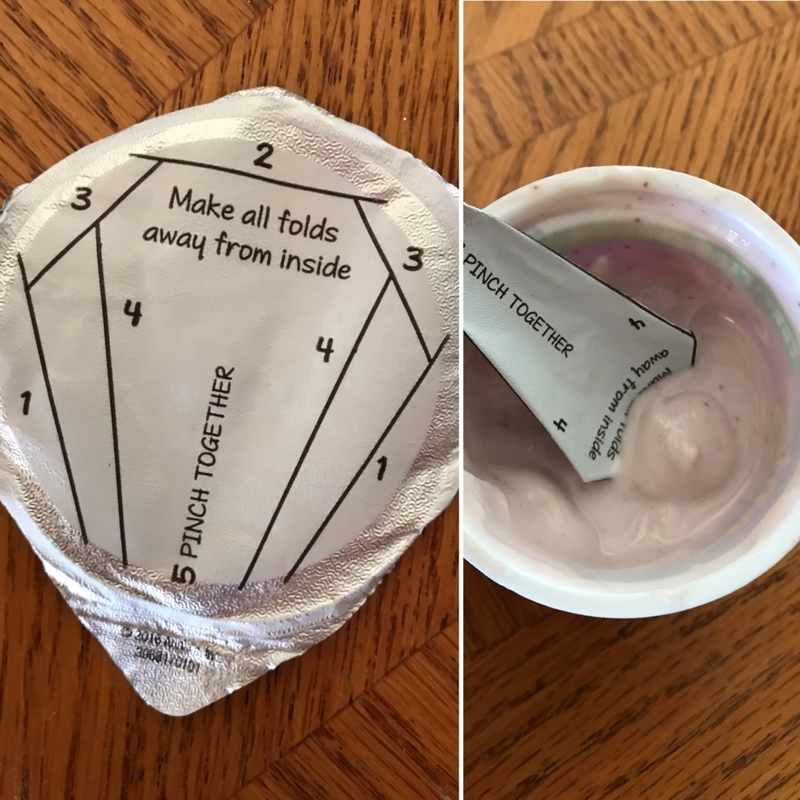
So far it doesn’t seem like any of the yogurt companies have our back in terms of cutlery — most of the time we're left without it. But for many, sipping dairy products in the hot sun may not be how they enjoy their yogurt, which is why this lid came to save the day. Finally, a yogurt lid that can transform into a spoon!
Boot Loop
Most boots today have a loop at the back that has turned into a recognizing tag of the brand and a fashion symbol. We take it for granted, and somehow, it refuses to annoy out ankles as we walk down the street. It's pretty remarkable when you think about it. But what exactly is the purpose of it?
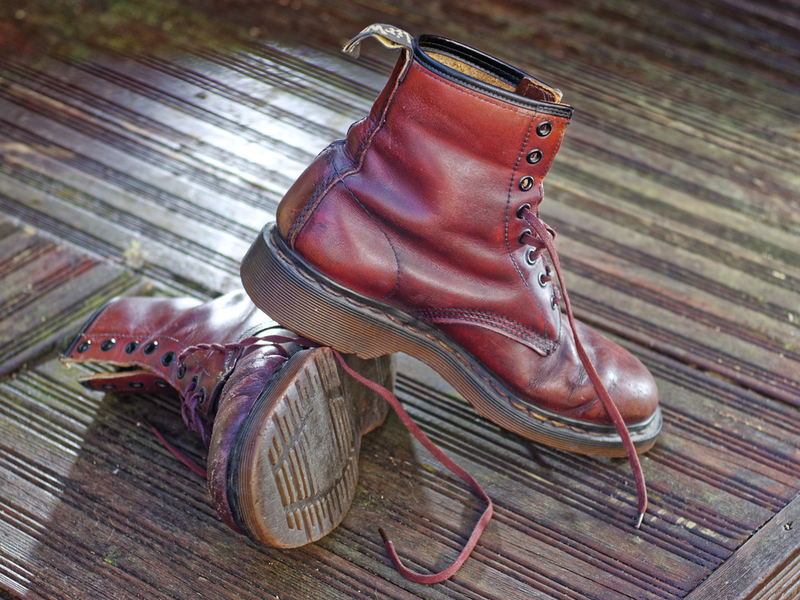
The main purpose of the loop is to help you put them on, to help you slip your heel comfortably into the boot. The second and less common reason is that the boots can be easily hung out to dry using the loops.
Better Life Natural All-Purpose Cleaner - $5 million
This one had two sharks battling for it! There are many all-purpose cleaners out there that do marvelous work for your surfaces at home. But on the flip side, they can be extremely toxic, especially for vulnerable members of your family stuff as children and pets.
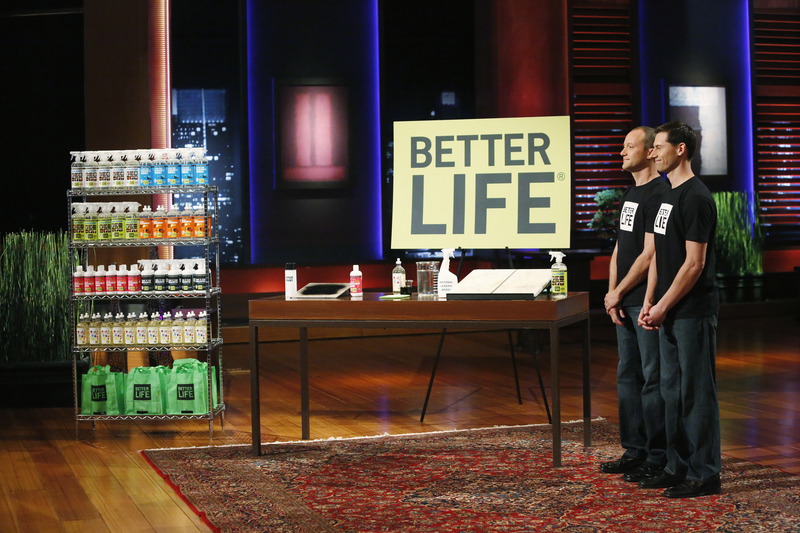
Founders Tim Barkalage and Kevin Tibbs invented their green all-purpose cleaner after fearing for their children's safety around chemical-heavy household cleaners. The parents blew the investors on "Shark Tank" out of the water, prompting a mini-battle between Lori Greiner and Mark Cuban. Lori eventually won and has helped Better Life grow into a profitable company.
Norpro Triple Blade Herb Scissors
Sometimes, traditional scissors just aren't going to cut it - literally! Cut your kitchen prep time in half with these rather sinister-looking scissors. No, these aren't a horror movie prop. They are not something taken out of the set of "Edward Scissorhands," in case that's what you were worried about. They're actually an antidote to tedious herb chopping.
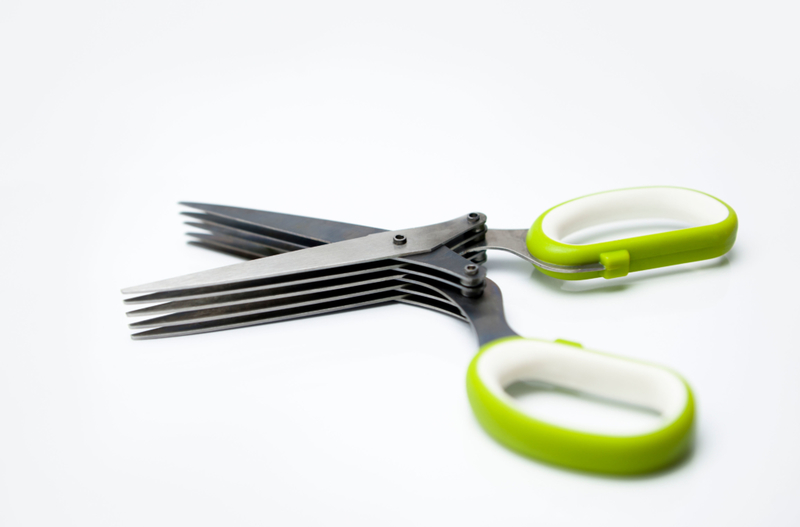
A couple of snips with this gadget and all your micro-greens will be chopped in seconds. Bonus, they are dishwasher safe, so your fingers will not be at risk every time the scissors need a wash. We wouldn't use them to cut your toenails anytime soon though. Phew!
DrainWig Shower Drain Protectors - $1 million
If you have long hair or share a shower with a person who does, you will be no stranger to the dreaded hair-clogged drain. It is one of the most disgusting things that we have to deal with when it comes to our roommates, and ourselves for that matter!
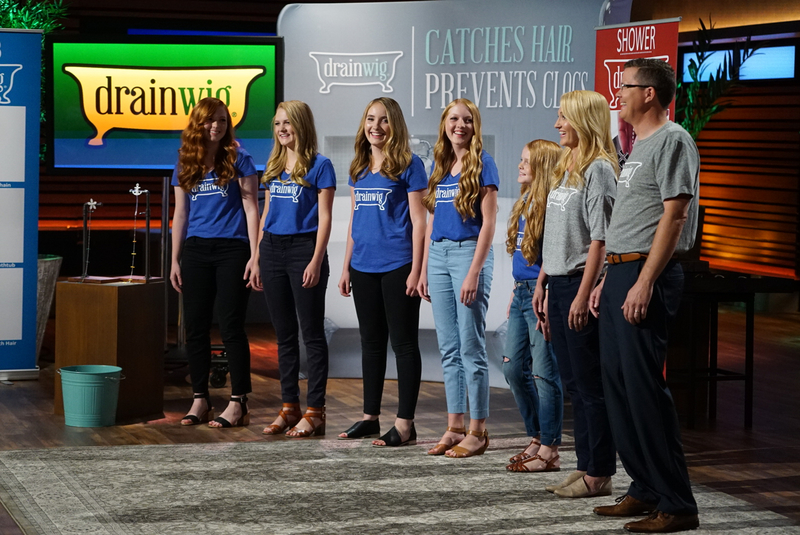
What appears to be just an occupational hazard of living with flowing locks, can actually be really annoying and can kill even kill friendships. And it doesn't have to be that way! This product traps hair and avoids using chemicals as a way to unclog your drain. DrainWig closed a deal with "Shark Tank" investor Kevin O'Leary.
Baker's Edge Nonstick Edge Brownie Pan - $2 million
It's a universal truth that the BEST part of a brownie is the crispy edge. But if you are using an inadequate man - heck, even half-decent pans might not help you get that edge that you're desperately looking for. Founders Matt and Emily Griffin decided to capitalize on this by inventing a magical pan that ensures every slice will have an edge.
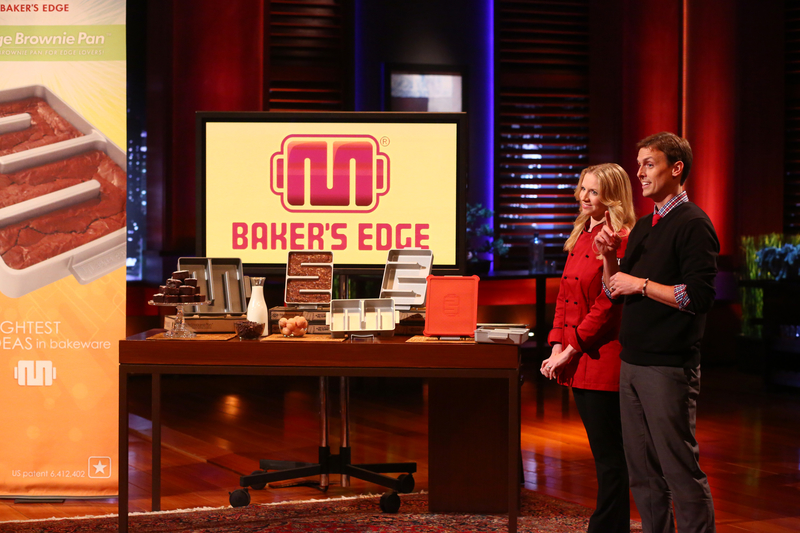
The couple debuted their product on "Shark Tank" in 2013. While no investors took a bite, their brownie pan business still flourished! And many people in the US (and beyond) invested in their own Baker's Edge nonstick edge brownie pan and reaped the delicious rewards because of it.
Soda Can Tab
Have you ever wondered why the little tab on top of your soda can, the one you use to pull and press to open the can, has a little hole in it? And we're not talking about the one at the top that you obviously use your finger on to pull. We're talking about the one below it. Why is there? Surely it shouldn't matter, right?
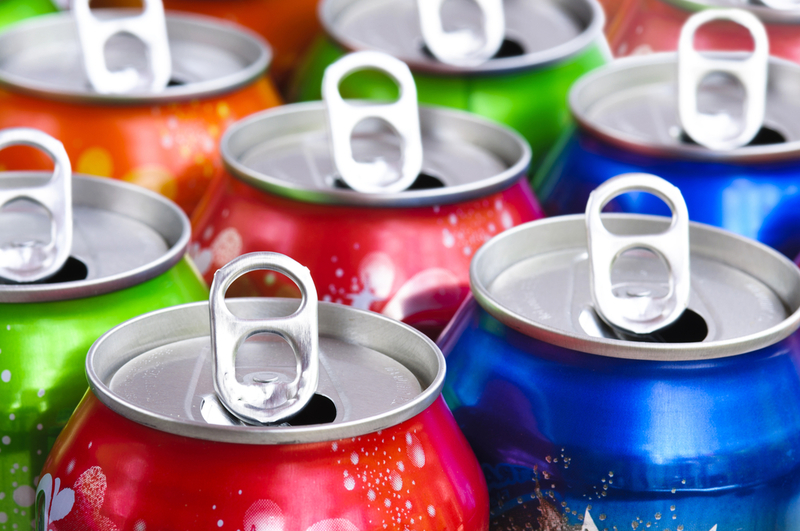
Well, once you open the can and the tab is on the opposite side of the opening, twist it around so that the small hole is directly over the open drink slot, and you'll see that the hole is just big enough for a straw to fit through. The little hole in your can top tab will hold the straw in place!
Aluminum Foil
Aluminum foil is more than just a shiny material that is perfect for Halloween costumes. It has become a valuable item in kitchens all over the world. You could assume that these silvery sheets aren't exactly essential to our day-to-day kitchen activities. But if you thought that, you would be gravely mistaken.
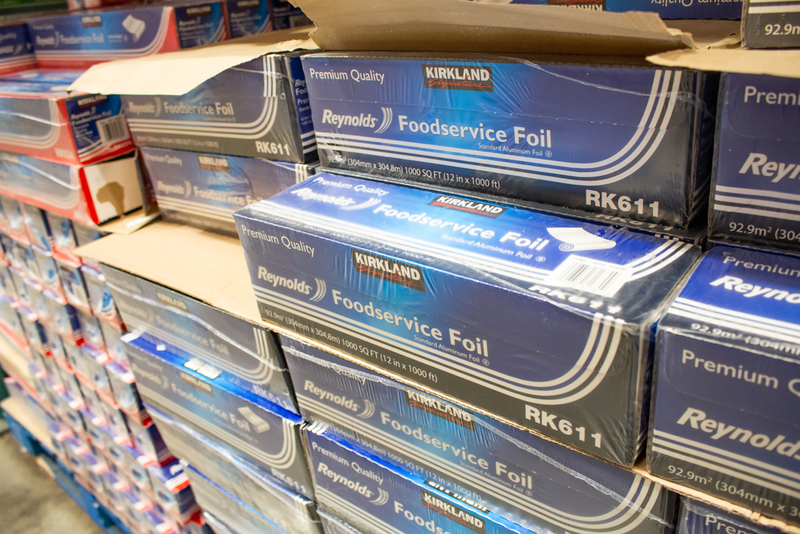
Not only is it pliable and reusable, but aluminum foil is also an easy way to keep food fresh and helps with cooking food faster. For some, conspiracy theorists it comes in handy for making communication-blocking hats, but we're not here to celebrate that. Aluminum foil is the bomb.
Bottle Bright Bottle Cleaning Tablets
The best way to stay hydrated is to carry a reusable bottle of water anywhere you go. The issue is that bottles are often a tad tricky to properly clean. They can build mold inside as time goes on and can also start to wear with time. That's where Bottle Bright effervescent tablets save the day.
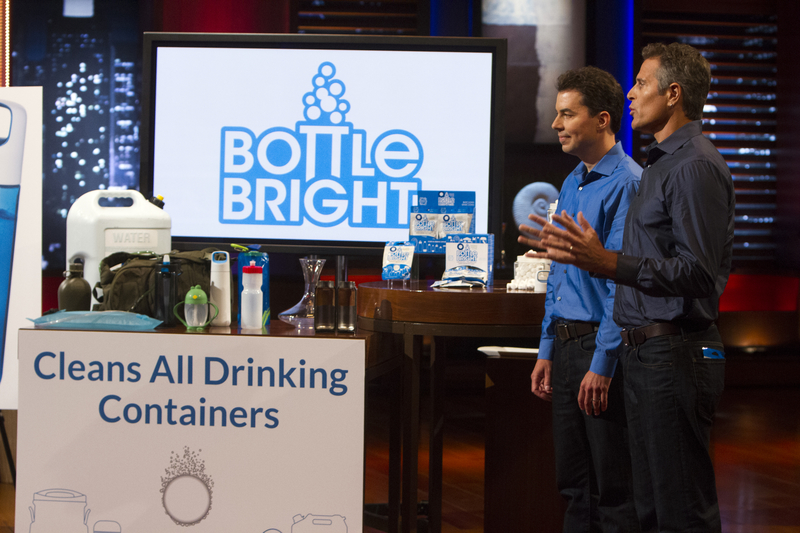
After appearing on season 6 of "Shark Tank," Bottle Bright founders Justin Koehneke and Seth Friedman landed a deal with investor Lori Greiner. Since then, Bottle Bright has become a very successful business, with many customers relying on their bottle-cleaning tablets to ensure that what they drink is always clean.
Watermelon Slicer by Sleeké
We have all been there before. When it comes to slicing watermelon, you are either an expert at the practice or you are absolutely terrible at it. But if you have the right tools at your disposal, you will break that curse in no time. If you are a fruit fan, you should definitely grab this watermelon wonder gadget.
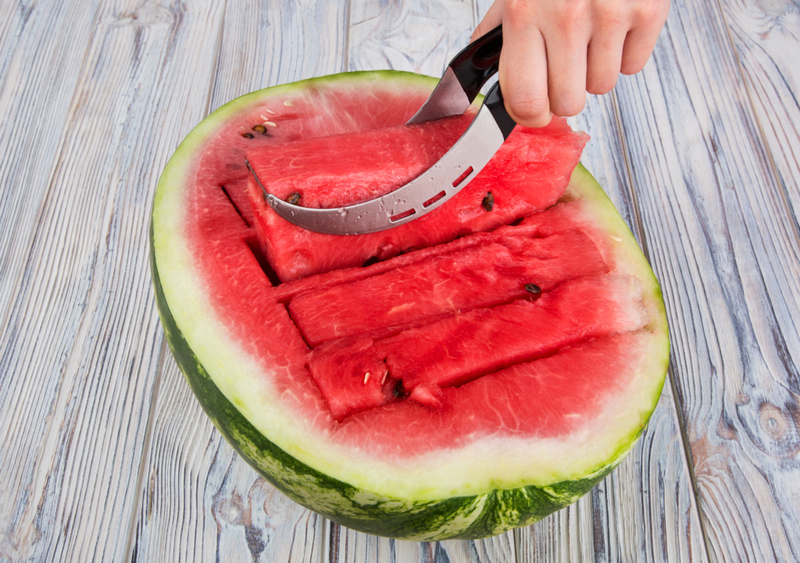
It is a stainless-steel watermelon slicer that will get you a big juicy melon slice every time. It may look a little intimidating to use, but its easy-grip handle and "Sleeké" design make it a fool-proof product. Once you're done it's easy to clean thanks to the stainless steel construction.
Alarm Clock Coffee Maker by Barisieur Coffee
Undisputedly, this is a dream come true for those who love a heavy dose of caffeine in the morning. The contraption wakes the sleepy coffee connoisseur at the scheduled time and then churns out a perfectly brewed cup. It’s like having a barista bot right on the nightstand.
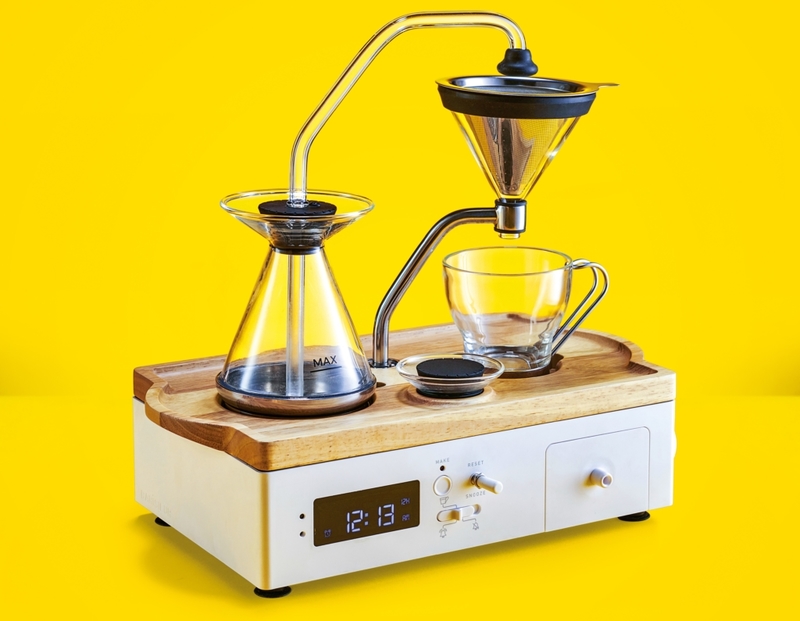
So basically, you won't have to worry about doing the hard work in the morning. There is no excuse for hitting snooze with this device. How could a cup be left to go to waste? And the aroma! This alarm clock will wake the sleepiest sleepyhead. Isn't that the dream? Just waking up to some freshly brewed Joe?
Smart Garden 3 by Click & Grow
Food technology is always looking for innovation, and Smart Garden 3 is here to bring it. Grow herbs without the stress that comes from watering, watching, and waiting. It uses “smart soil,” a NASA-inspired tech that optimizes growth by giving your plants the perfect amount of nutrients, water, and oxygen all thanks to built-in sensors.
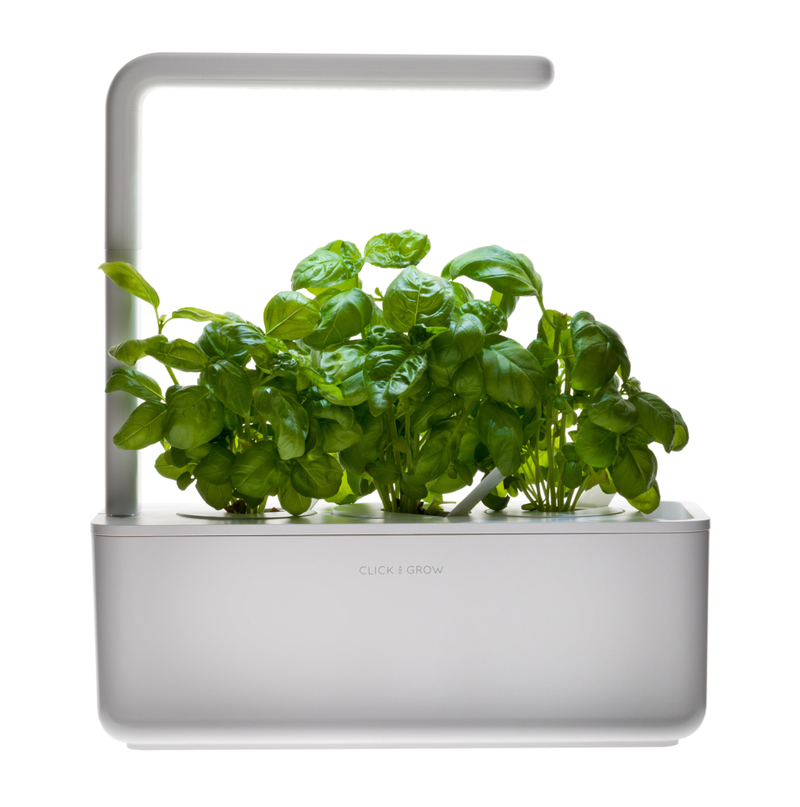
Your herbs will grow quickly and they'll thrive thanks to the advantages of this device. The included Grow Lamp even speeds up the growing process, meaning you will have fresh, home-grown herbs faster than ever. Space-age tech is here to make your food taste better.
One-Touch Food Sealer Vacuum by Toyuugo
For both wet and dry foods, the Vacuum Sealer is a one-touch sealing system that keeps food fresh for longer and does not take up very much space in your kitchen. Toyuugo uses a multi-layer heat-sealed material to reduce oxidation and preserve both quality and flavor.
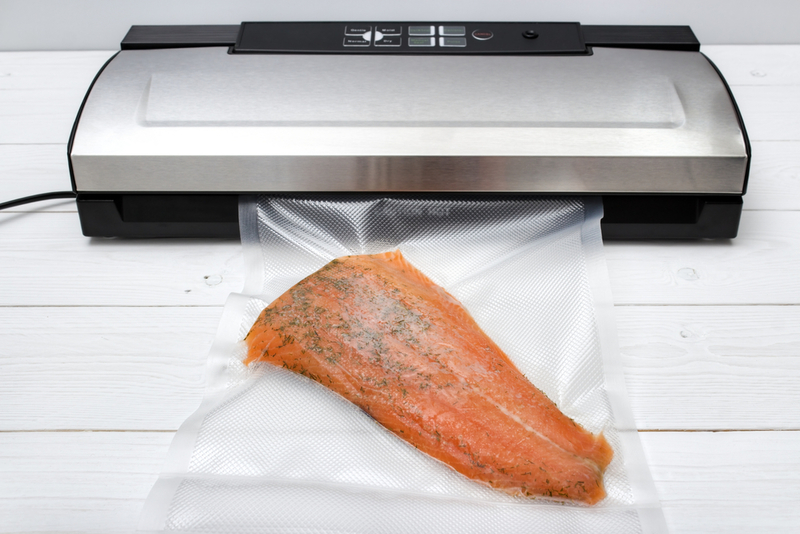
You can customize the bag size with the built-in bag cutter, which can be used in just seconds. It includes a couple of different options for getting the correct seal: dry or moist, as well as automatic or manual. While you will have to hand-wash the device, it has been found easy to clean.
Rocketbook Smart Reusable Notebook - $40 million
We all wish that our information was in sync across devices - especially the things that we jot down throughout the day. What sounds like a work of science fiction, the Rocketbook is an erasable and reusable notebook that sends your notes onto whatever storage cloud you use. And obviously, it also has one of the coolest names on this list.
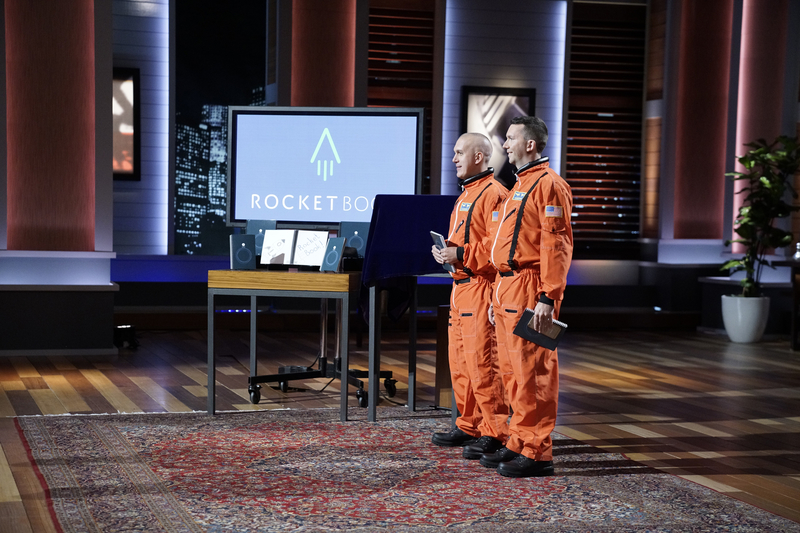
Founders Jake Epstein and Joe Lemay presented the notebook on "Shark Tank" in 2017. While the investors didn't chip in, Bic eventually bought the company a few years later - and since then, Jake and Joe have been raking in the rewards from the invention's success.
Portable Ashtrays
Let's face it - even cigarette smokers don't enjoy smoking - it's just a habit that they picked up at some point in their lives and were never able to shake off. Japan values cleanliness as a cultural rule and portable ashtrays prevent city streets and sidewalks from being cluttered with cigarette butts.

To prevent cigarette butt litter, one Japanese company has invented a portable ashtray. This allows smokers to ash their cigarettes and store their butts until they have reached a trash can. The little pouch can be hermetically sealed and even attached to one's keys! It probably stinks, but at least it's keeping the streets cleaner.
Elf Gift Wrap Cutter - $1 million
While receiving presents is a joyous occasion, wrapping them can be a whole other story. And we don't know about you, but when we wrap a present - the end result looks like something from a horror film. It's not a pleasant sight! To help people like us, Luckily Bryan Perla invented the Elf (easy, lightweight, and fast) Gift Wrap Cutter.

Perla lucked out on the holiday episode of "Shark Tank" with Lori Griner offering an investment. Just think about all the time it can save you while waiting in line for the wrapping counter. The queue will be shorter than ever!
Stethoscope
Before the stethoscope came into existence, doctors would try to listen to their patient’s heartbeats by simply putting their ears onto their chests, a quite crude and impractical method that failed in many instances. So something needed to change.

The legend has it that French physician, René Laënnec invented the stethoscope when he couldn’t accurately judge the heart rate of one of his patients on account of him being obese. So, he made a wooden trumpet-shaped tube that could amplify the sounds coming from his patents lungs and heart. The principles behind this simple, yet profound invention are still used today.
Pizza Scissors
Truth be told, the traditional pizza cutter seems like a bit of a dated tool. It's just not that effective. You have to roll a bunch of times, and even then, you might not break off your slice. Introducing the Dreamfarm Scizza. For cutting and serving pizza pies, you have found the ultimate device.
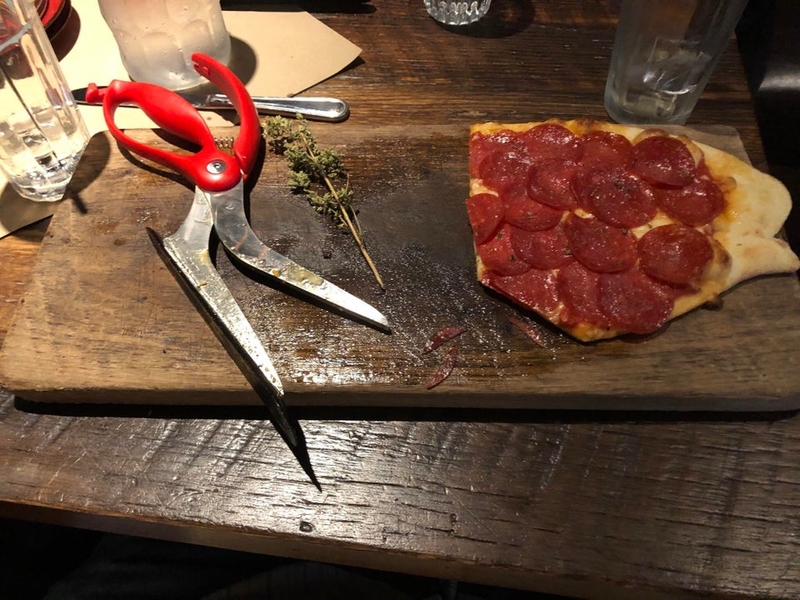
This thing will cut perfect slices on any surface without causing damage and then serve a perfect slice to the plate. It’s made of German stainless-steel blades and a non-stick nylon base. Certainly every college student's dream. Totally simple and intuitive. Seriously one of the best inventions we've seen.
A Hammock for Cats
It's clear that cats will try and find a sleeping spot in virtually any part of the home. But if you could have a device actually designed for this purpose - then even better. Looking for a safe place for your feline friend to nap the day away? Strap this cat Cat Crib under a chair and the kitty will be purrr-fectly happy.
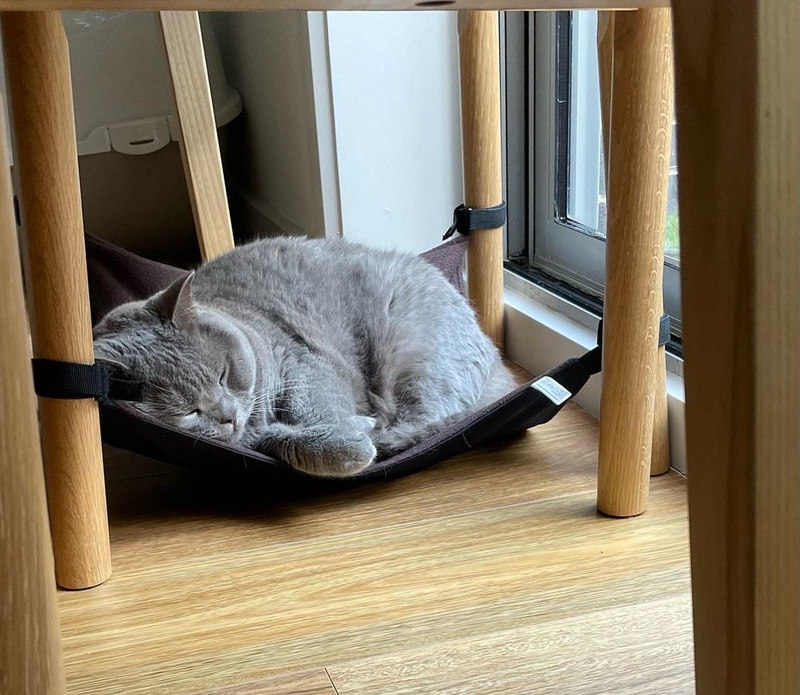
They love hiding under beds and sofas, adding a hammock should be a great find. Maybe, in immense appreciation, your cat will choose to sleep there rather than leave hair on your comfy couch. This invention is beloved by our feline friends and their owners alike.
Pristine Toilet Paper Spray - $2 million
If you prefer to use wet wipes as opposed to dry toilet paper when you use the bathroom, then this product will be right up your alley. The spray is meant to be used to soften toilet paper as an alternative to chemical-heavy and thick wipes that clog up your plumbing.
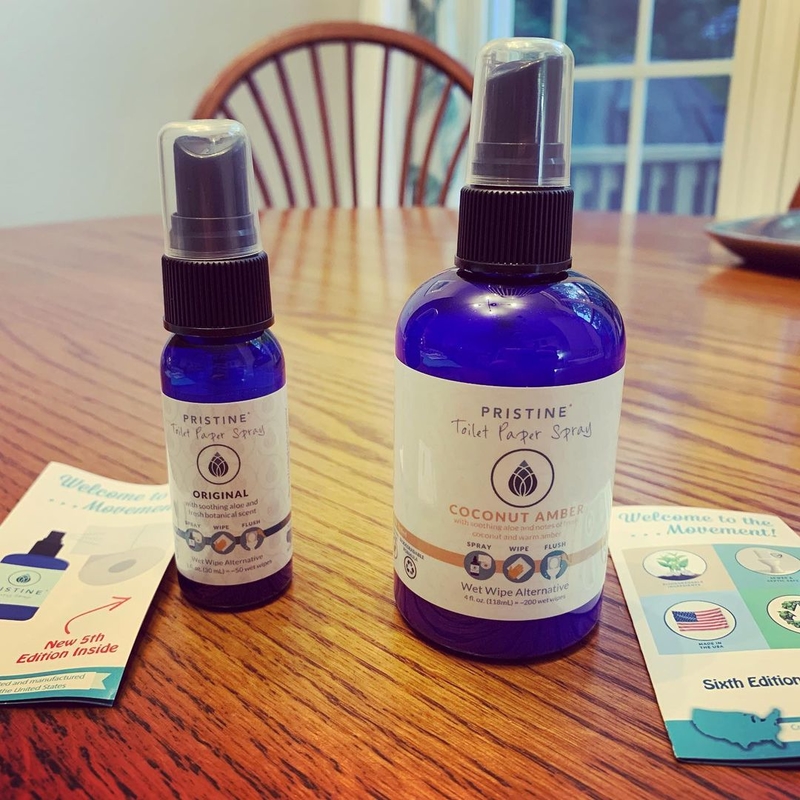
Also, it'll make the experience of wiping more of a - how can we put it - frictionless experience. You can essentially make your own wet wipes! Lori Greiner decided to invest in the spray after founders and cousin Jessica and Brandon Karam presented their product on "Shark Tank."
Butter Boss
We’ve seen the butter grater, but Japan doesn’t stop there when it comes to getting rid of knives for spreading. Yeah, there’s a stick of butter too, but that's not what we're talking about. With that, you need to cut it to the right measurement - there's just more thinking involved.
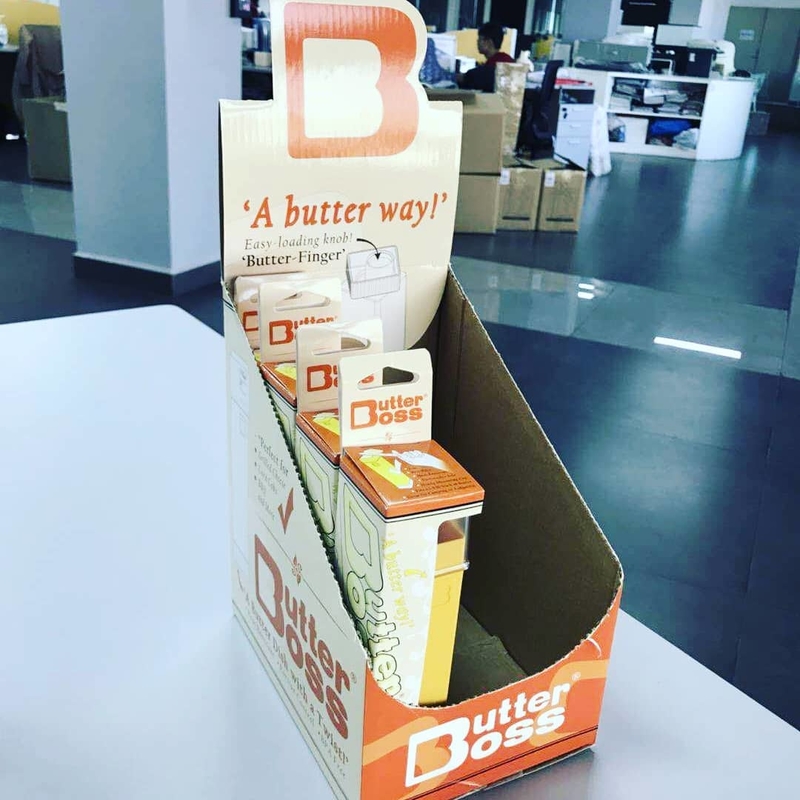
Butter Boss has butter contained in a tube that can be pushed along the surface of toast like a glue stick. That way, it’s evenly dispersed and there’s no waste. It’s not a product that has gained widespread notoriety, but among internet fanatics, it’s the best thing since sliced bread.
Lemon Lime Citrus Sprayer by Foamily
A little bit of lemon or lime (or orange, or grapefruit, or any other citrus) is a refreshing taste to add to your food. If you're surrounded by fresh fruits but don't know how to get to the wonderful juice inside, this little gadget is here to help.
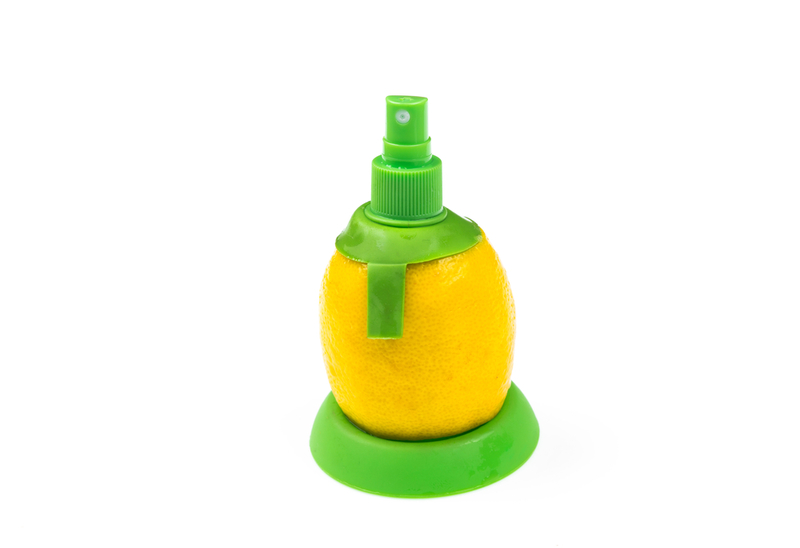
They come in a set of two (for bigger and smaller fruits) and easily screw into your fruit of choice. A straw sucks the juice out, and the pump top makes it easy to direct the spray where you want it. They're even dishwasher-safe, so there's no extra hassle while cleaning them.
Stasher Silicone Reusable Storage Bag - $12 million
Just because something is working well, doesn't mean it can't be improved. Well, until we found out about Stasher's reusable storage bag, we thought that plastic bags didn't need an upgrade. After all, what more do you need? It's a plastic bag that you can put stuff in. Right?

And after all, what can be simpler than throwing something in a trash bag and then taking it all out on trash day? Well, these reusable bags are more environmentally friendly and safer than regular plastic bags. So yeah - let's think about the planet when considering why a new invention might be important.
Allstar Innovations The Sleep Styler - $100 million
Hair enthusiasts will know the damage that heat styling can cause to your precious strands. Our hair isn't as flexible as we think it is. It is actually pretty delicate - and needs to be treated with respect and care. So the more innovations that come our way for this purpose - the better.

Tara Brown, the founder of "Sleep Styler" created a heat-free and absorbent hair curler that keeps your hair from being fried while still getting luscious curls. Appearing on "Shark Tank" really paid off for her and her company. The product not only caught the eye of investors but also of mega icon Kim Kardashian!
PhoneSoap 3 UV Phone Sanitizer - $40 million
Do yourself a favor and look up just how much bacteria is on your phone screen as you read this... Or maybe don't if you don't feel like labeling your phone as toxic waste. But yeah, take our word for it - there is so much dirty stuff on your phone - and it's probably going to end up on, in, and around your body if you don't clean it up.
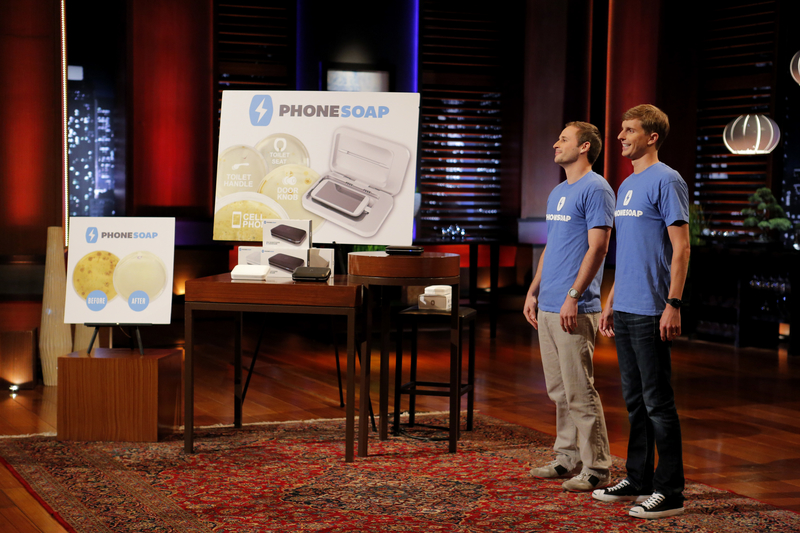
Yup, it's terrifying! But don't panic, there's "PhoneSoap" to the rescue. Using UV light, the product disinfects your phone in minutes. Founders Wesley Laporte and Dan Barnes debuted their product on "Shark Tank" in 2015 and since then "PhoneSoap" has "cleaned" the markets!
Spike on Caps
When you open a new tube of anything, there is a protective foil seal that needs to be removed, which your manicure would hate. Instead of fighting your way with peeling it off, use one of the greatest inventions of the 20th century - the little spike.
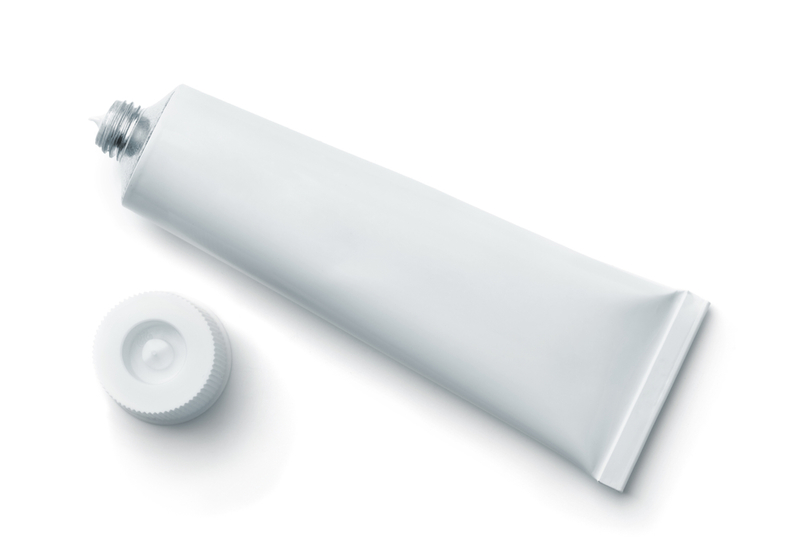
Simply turn the cap over, insert the spike into the foil, and "voila," no hassle with peeling things off anymore. Also, there is nothing like that initial pop of the foil. It's just music to our ears. But there is always the chance that whatever's inside will start oozing out because of the vacuum nature of it, so be warned.
Toe Shoes
One man's fashion atrocity is the next man's way to connect with nature. Toe shoes might seem like an obscure invention but these shoes were actually intended to be a more natural way to interact with the outdoors, basically the next best thing to being barefoot.
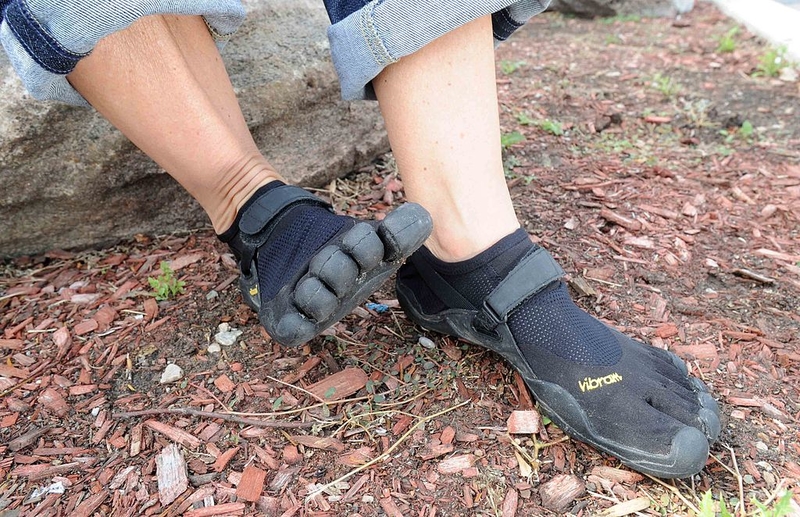
And of course, there was a time when we humans always roamed the outdoors barefoot. So we guess you could say this is use trying to pay homage to our ancestors. Surprising as it is, these unmistakably strange toe shoes managed to shift to trendy footwear, even being seen worn by celebrities.
The P-Mate
In case you didn't realize by now - it is really hard being a woman. Along with all of that male privilege, comes the wonderful advantage of going to the bathroom easily. Peeing standing up has been an ability desired by anyone who is not biologically able to do so. That is until now. Bear with us here.
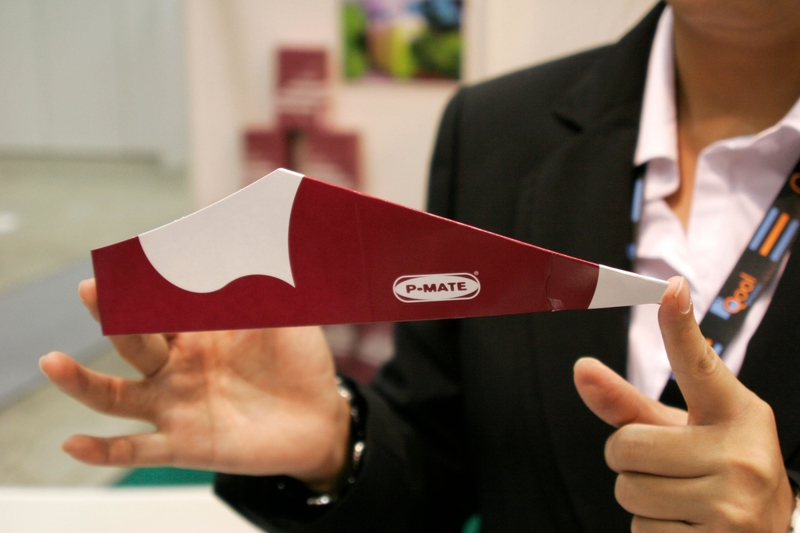
This crazy invention - known as the P-Mate, actually makes things in that department much, much easier for members of the opposite gender. Take it with you to concerts, camping trips, and really just anywhere around the city. Have you seen public bathrooms? No, thank you! The P-Mate is going to be your best friend.
Mop Shoe Covers
Some of us out there are really inclined to just take a washcloth, put our feet on them, and start to walk around the home - and that's how we might clean the floor. Everyone knows that cleaning the house can be a drab chore, especially when it comes to mopping. One wise inventor came up with mop shoe covers.
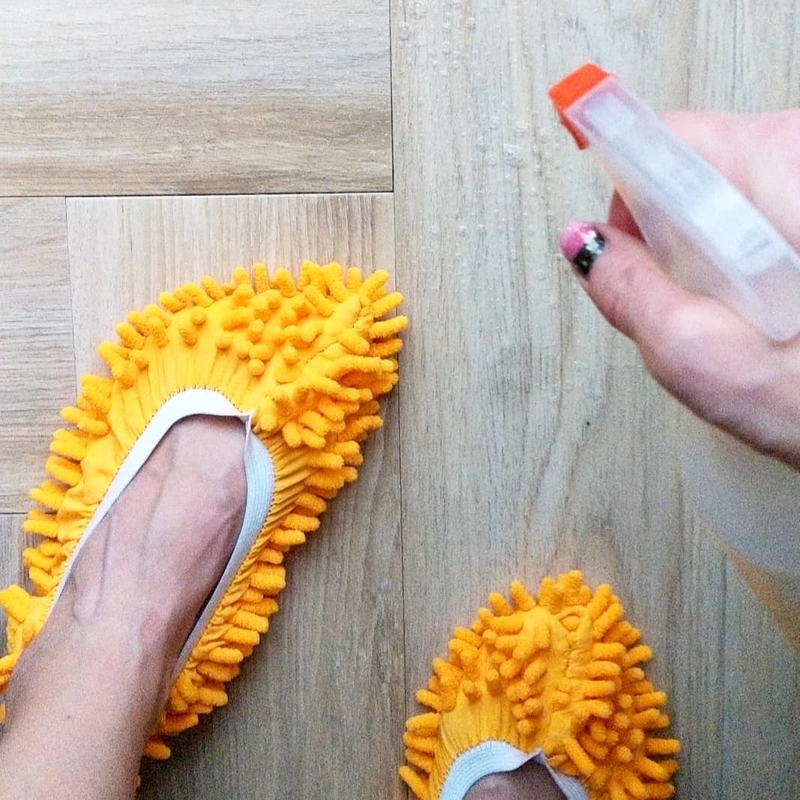
This clever invention allows wearers to clean the floor by simply walking on it, instead of pushing a mop around the place. It’s not clear who came up with the product as there are thousands of variations out there. Now you can walk the walk when it comes to keeping your home clean and fresh!
Lash Tab
Many brands have taken advantage of the diamond or square-shaped patch on the front of a backpack and placed their logo on it. Did you ever ask yourself why they all put it in the same place in almost the same shape? You thought it was just a logo, didn't you?
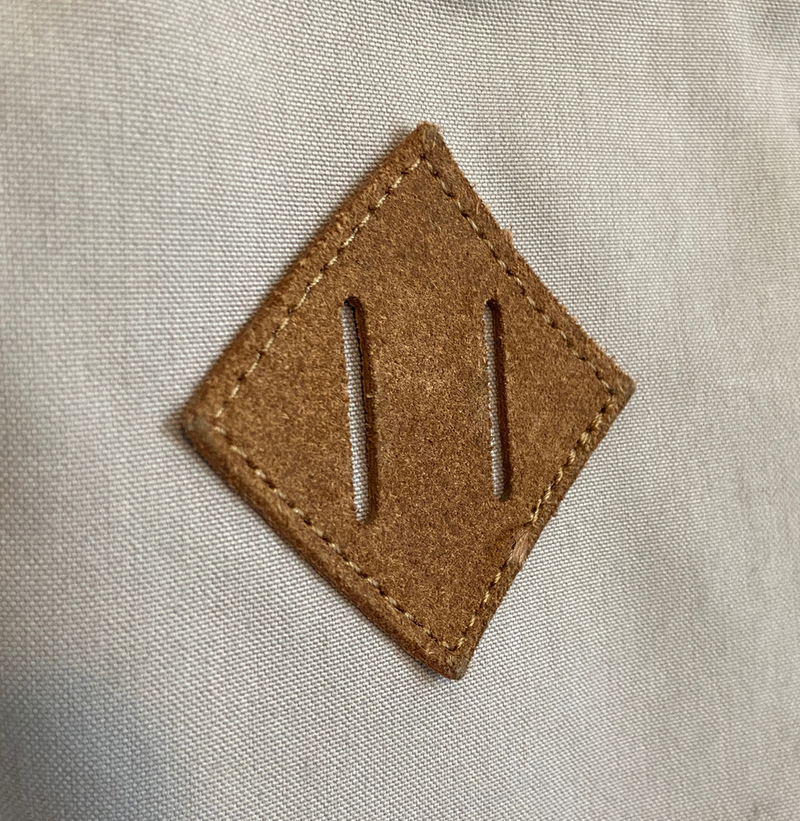
This diamond patch is called a lash tab and it's used for pulling cords through the holes. This way, you can carry extra gear when you go out camping or traveling. Yes, it actually has a really important purpose. It's not just a piece of decoration. This little thing allows you to carry so much more.
FurZapper - $4 million
The only possible downside of owning a pet is dealing with shredded fur covering every inch of your home and clothes. Both cats and dogs - they shed so much and it can really get all up in every corner of the home. Well, now you can rest assured that there is a solution for your clothes at least.
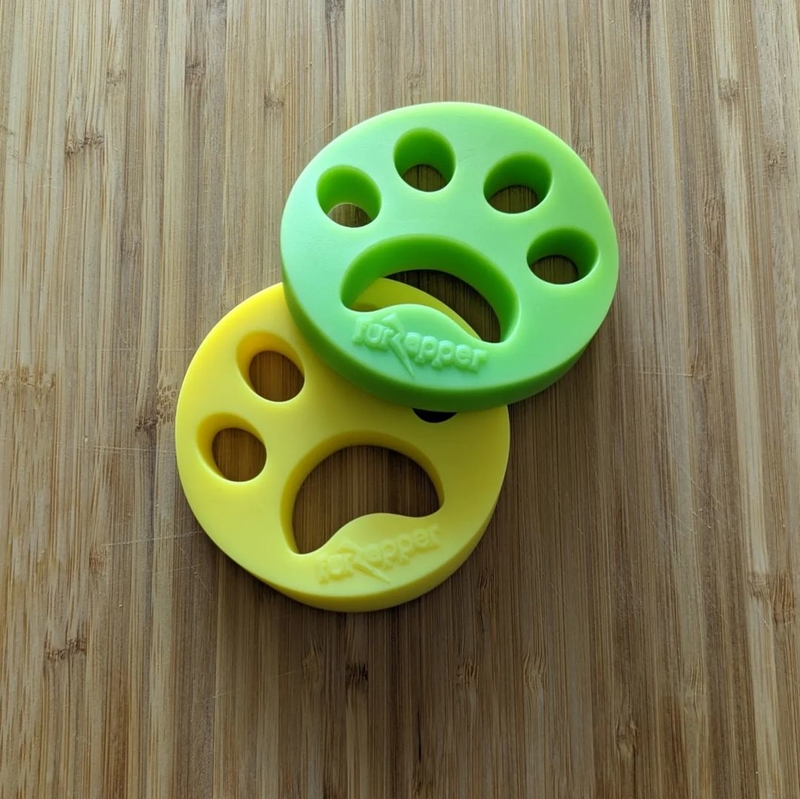
This invention rids your clothes of all that dreaded fur. Simply pop the disc in your washing machine and you can kiss all the fluff goodbye! The product landed a double deal on season 12 of "Shark Tank" and the founders have never looked back.
The Spatty and Spatty Daddy Last Drop Spatulas - $4 million
This "Shark Tank" product brings new meaning to making every drop count. Gone are the days of throwing away items with leftover products still inside. The Spatty spatula makes sure you get the very last scoop of the items you've bought.
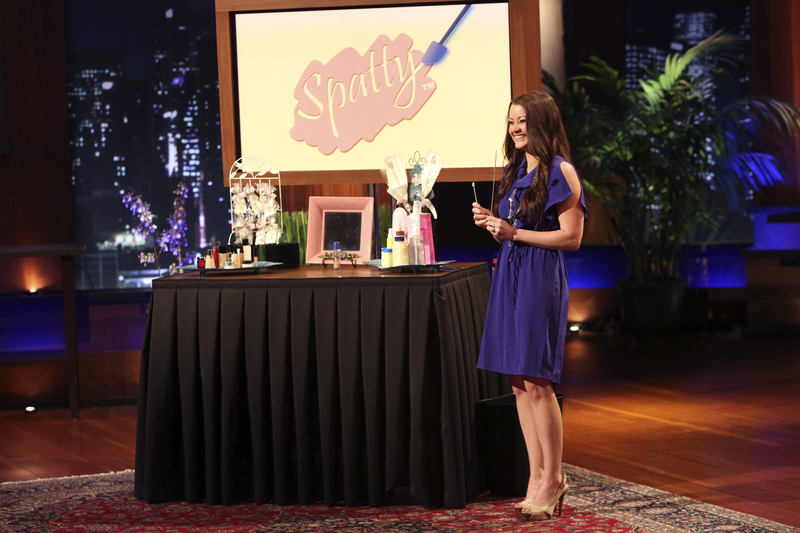
Founder Cheryl Rigdon first got the idea for her invention when she was trying to scoop out the last drops of products from her makeup bottles. Graciously, she decided to share her idea with the world and now, women all around the world can make sure that they have used up every single drop of their makeup until the end of time.
Soda Bottle Cap Platic Liner
What can be worse than a flat soda? Opening a bottle of a cold fizzy beverage is something we do almost daily, but experiencing the opening of a flat one is something that we quickly want to forget. You can't have a can of Coke that doesn't have that fizz that is so soothing and comforting. It's just not ideal.
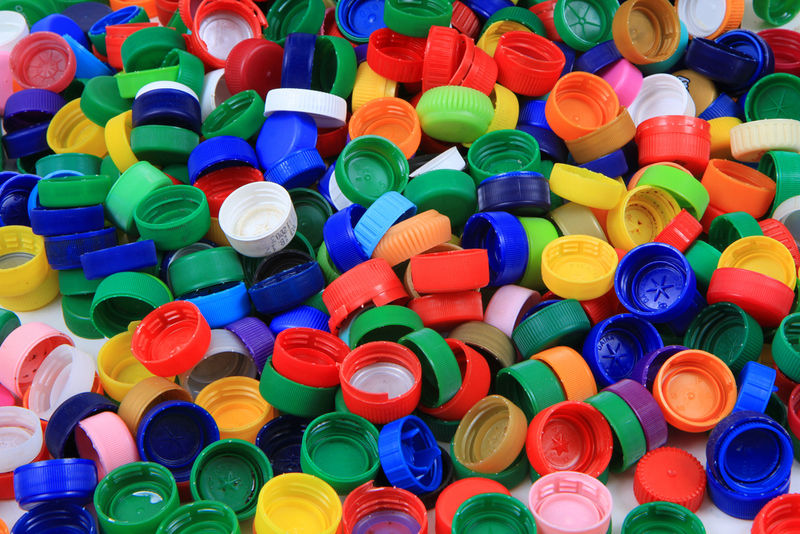
The plastic liner inserted into each fizzy beverage cap ensures that unpleasant moments don't happen again. It traps carbon dioxide because, without it, the gas would be free to evaporate. It's one of those small things in life that make a big difference.
Finger Covers by Shengo
Ah, Cheetos. The greatest human development. When aliens visit and aim their proton-eviscerators at us, only Cheetos will save our civilization. But, the little guys can be messy. Thanks to the Finger Covers by Shengo, you can now enjoy your favorite chips and snacks without the unpleasant feeling of dust and flavoring on your fingers.
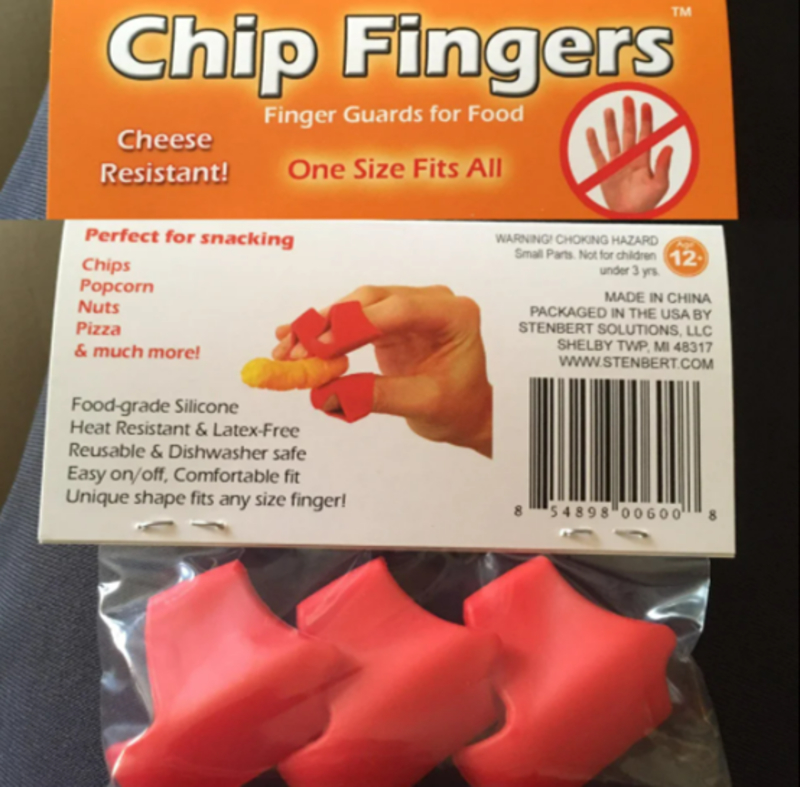
For just ten dollars you can get a pack of fifteen silicone finger protectors. Keep your fingers clean and fresh for working on your computer or doing anything else, and run these protectors under the faucet to clean them off once you are finally done.
Silica Gel
Every item bought these days has one of these hidden somewhere. Did you ever ask yourself how tiny bags full of silica gel beads manage to preserve so much moisture and keep our things fresh and dry? In fact, did you ever stop in your day to ask yourself what exactly these little sachets were, to begin with? Nope, neither did we.
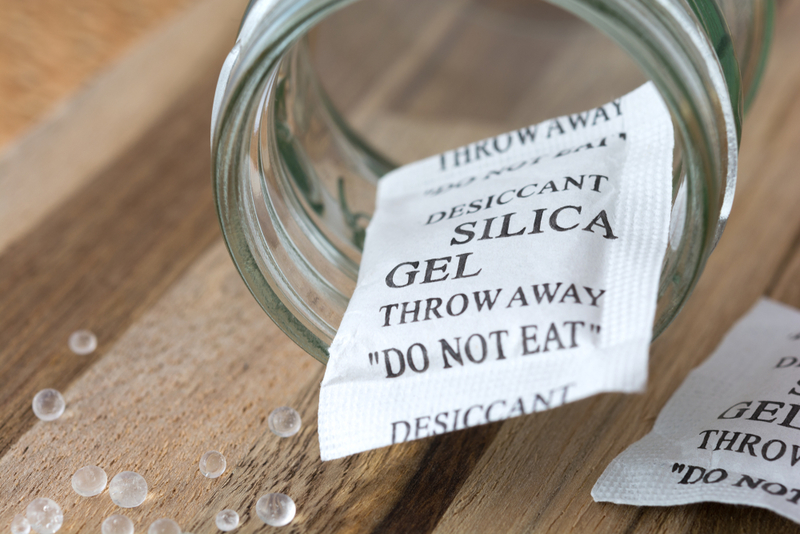
These magical silica beads can preserve up to 50% of the product's moisture, so next time it gets too humid and too sticky, use a silica gel pack and let it do its wonders. It's pretty genius stuff.
Contact Lenses
For those of us who don't have 20/20 vision, we know the struggle of wearing glasses. If they aren't ruining your outfit, they're falling off your face or constantly getting smudged. They can be quite inconvenient when push comes to shove. But it doesn't have to be this way.
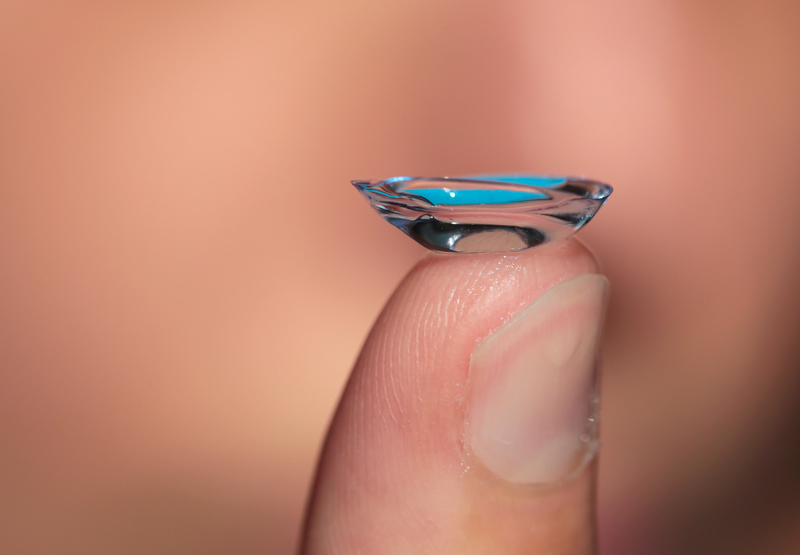
Contact lenses are the answer to all our spectacle woes. They give wearers all the freedoms of a non-spectacle life with the benefits of a 20/20 vision! While they exist in their current form since 1959, there have been different versions of them since 1508, when Leonardo da Vinci laid the foundations for them in his research.
Loops on Grocery Carts
Have you ever stopped and taken a moment to examine the design of a grocery cart? In the hustle and bustle world we live in, you probably haven't. Sure, they seem to be quite mundane items that simply help you transport shopping goods around the store. But there is more to it than that. Take a look at the picture.

See those metal loops that jut out of the fold-out section of carts? This protects the products in your cart. You can use the loops to hang plastic bags that are carrying breakable items like eggs and soft items like bread that you don’t want to get squashed by heavier items.